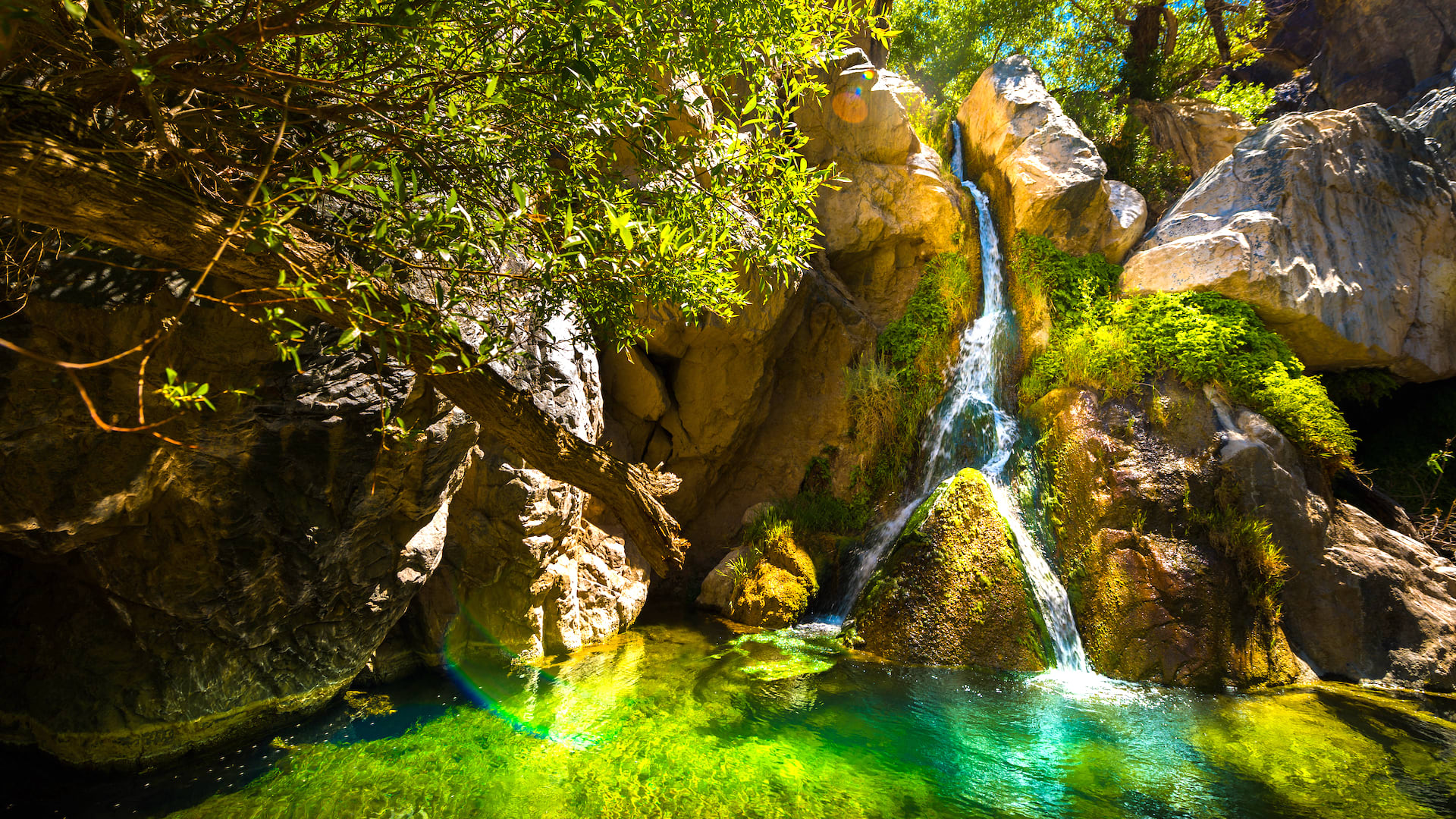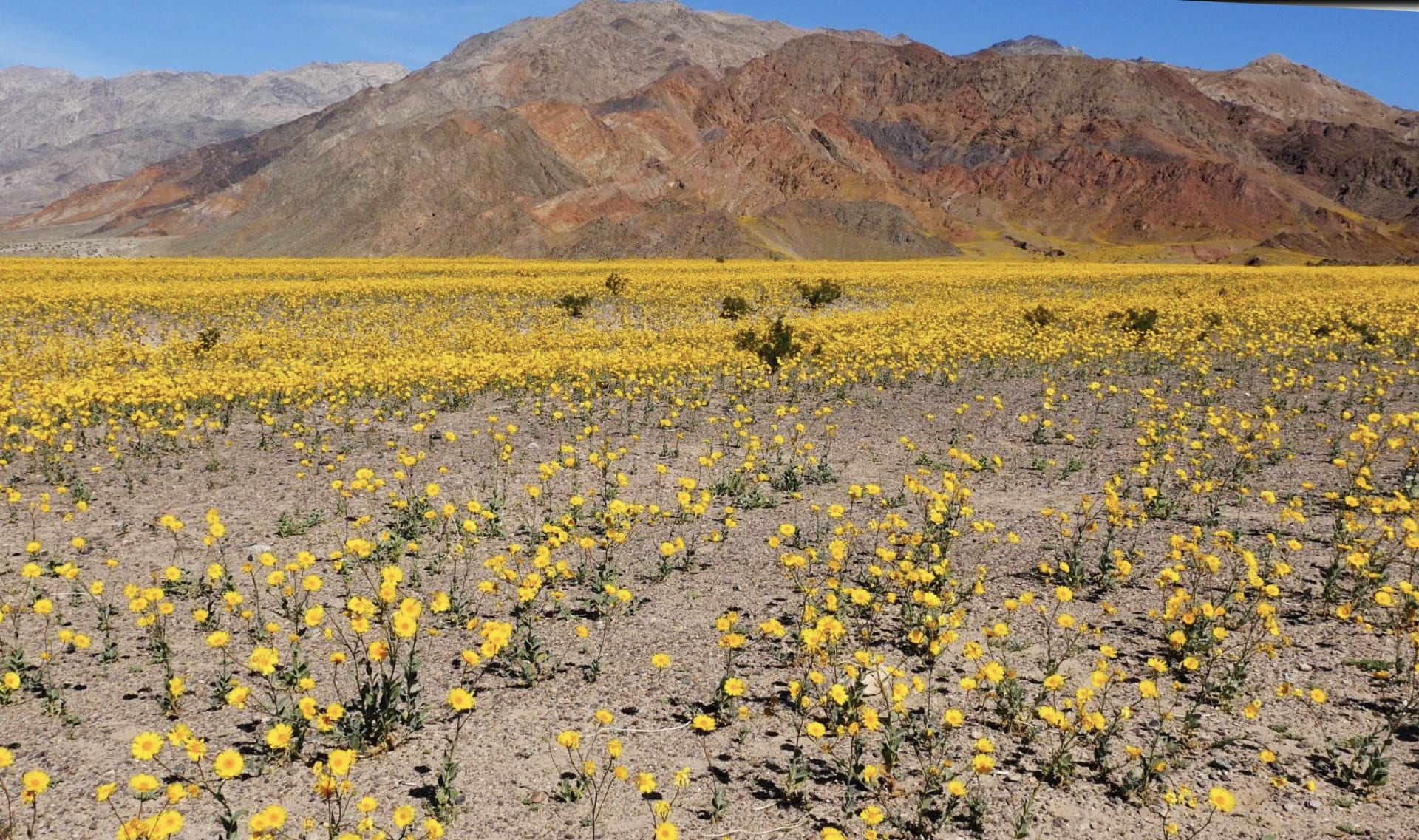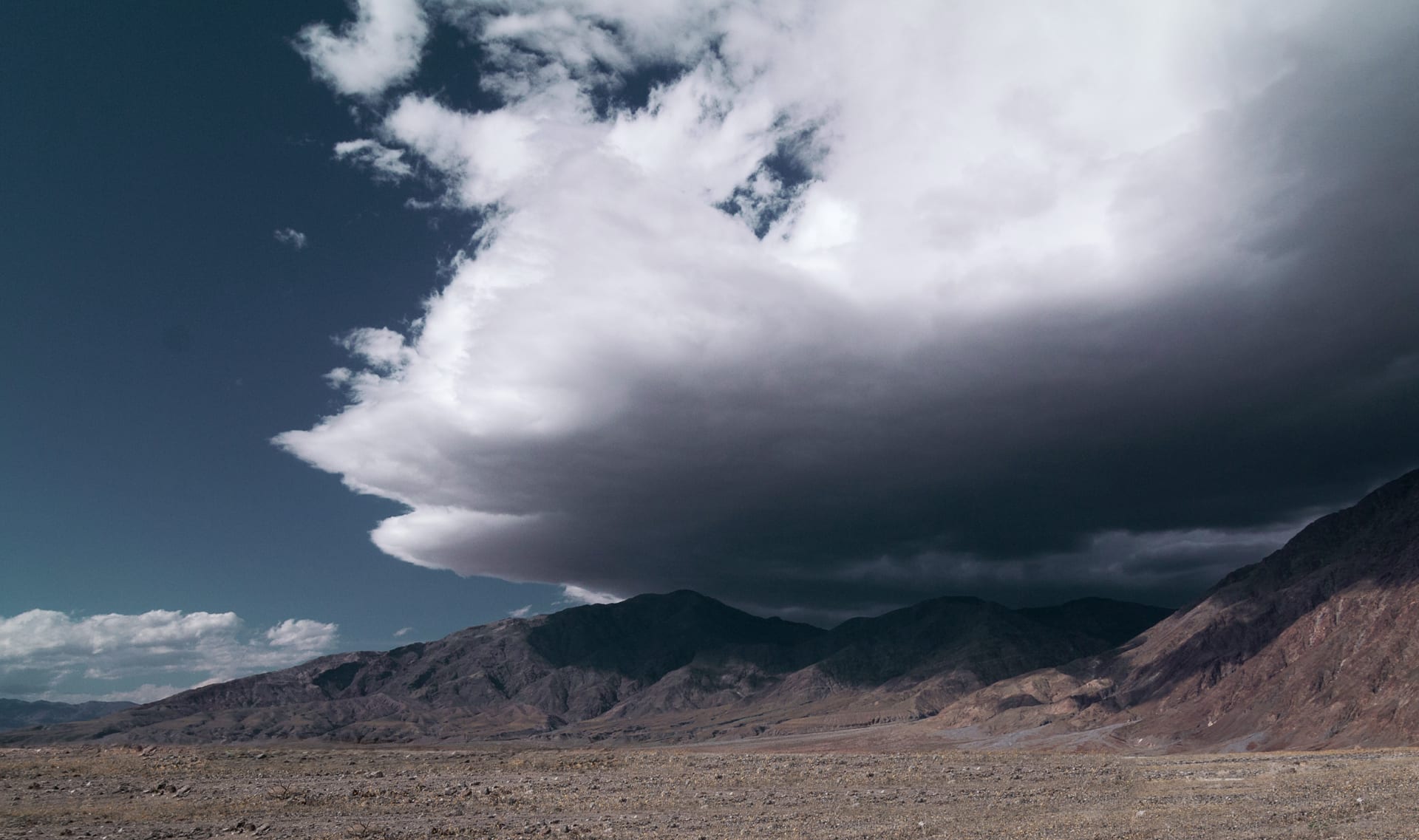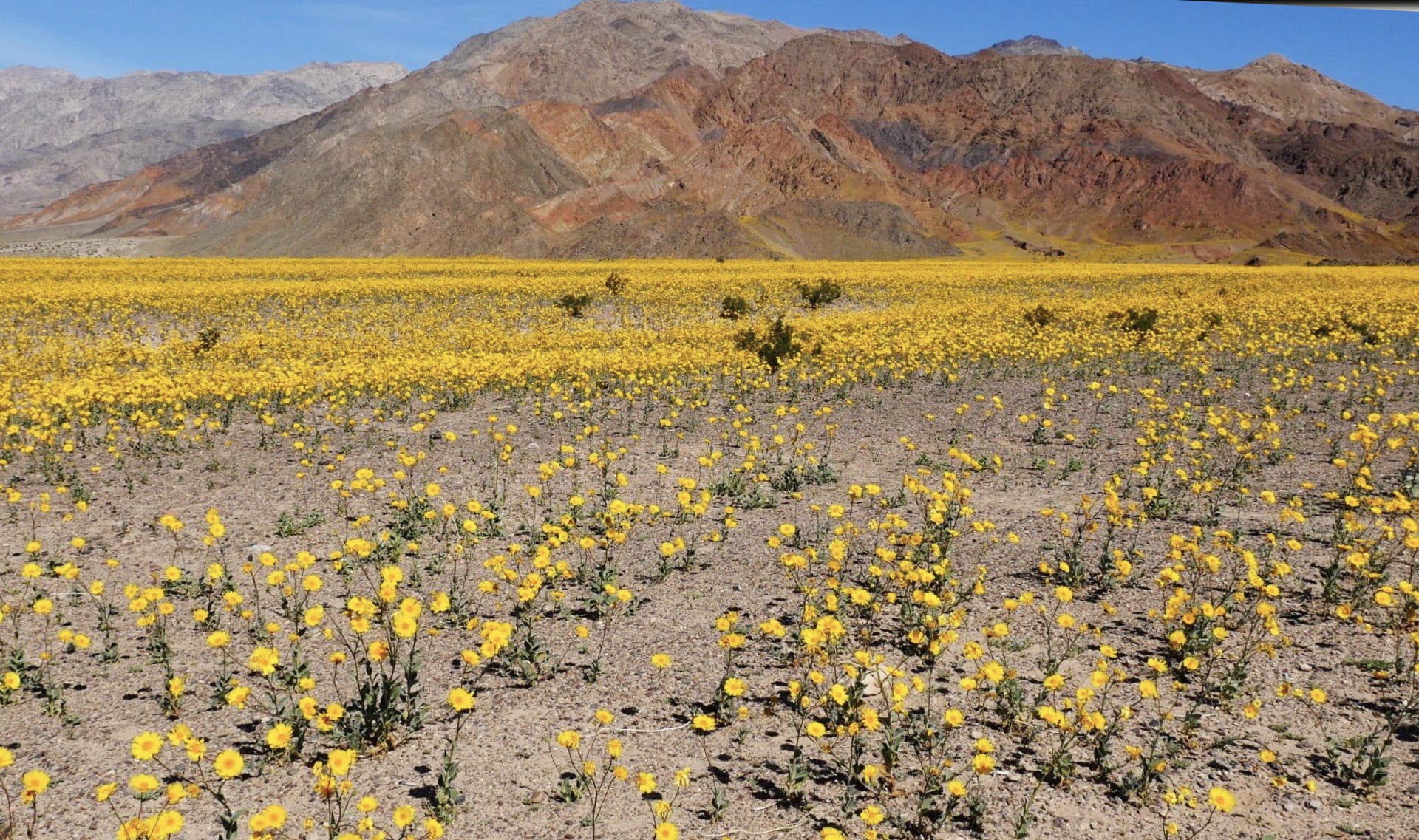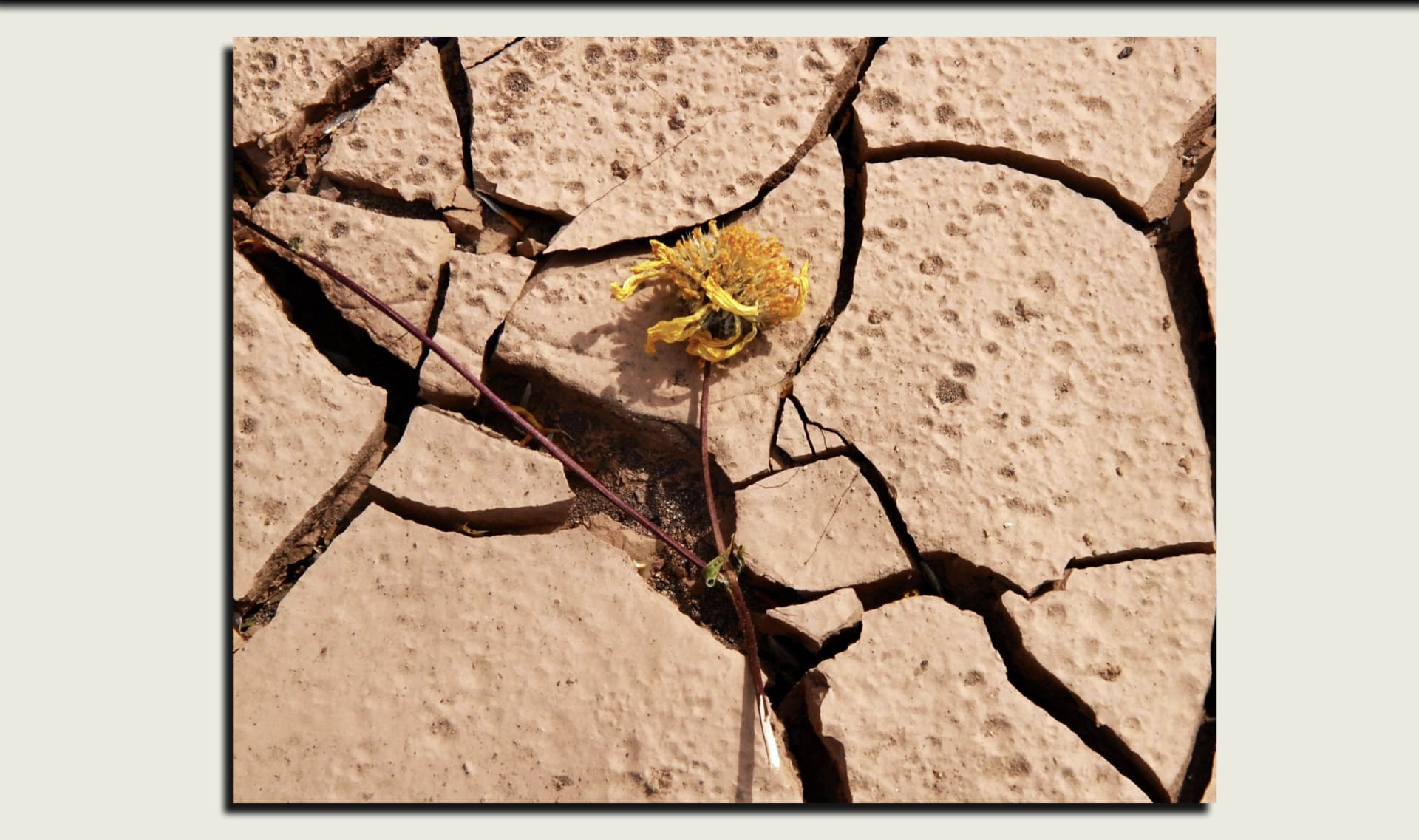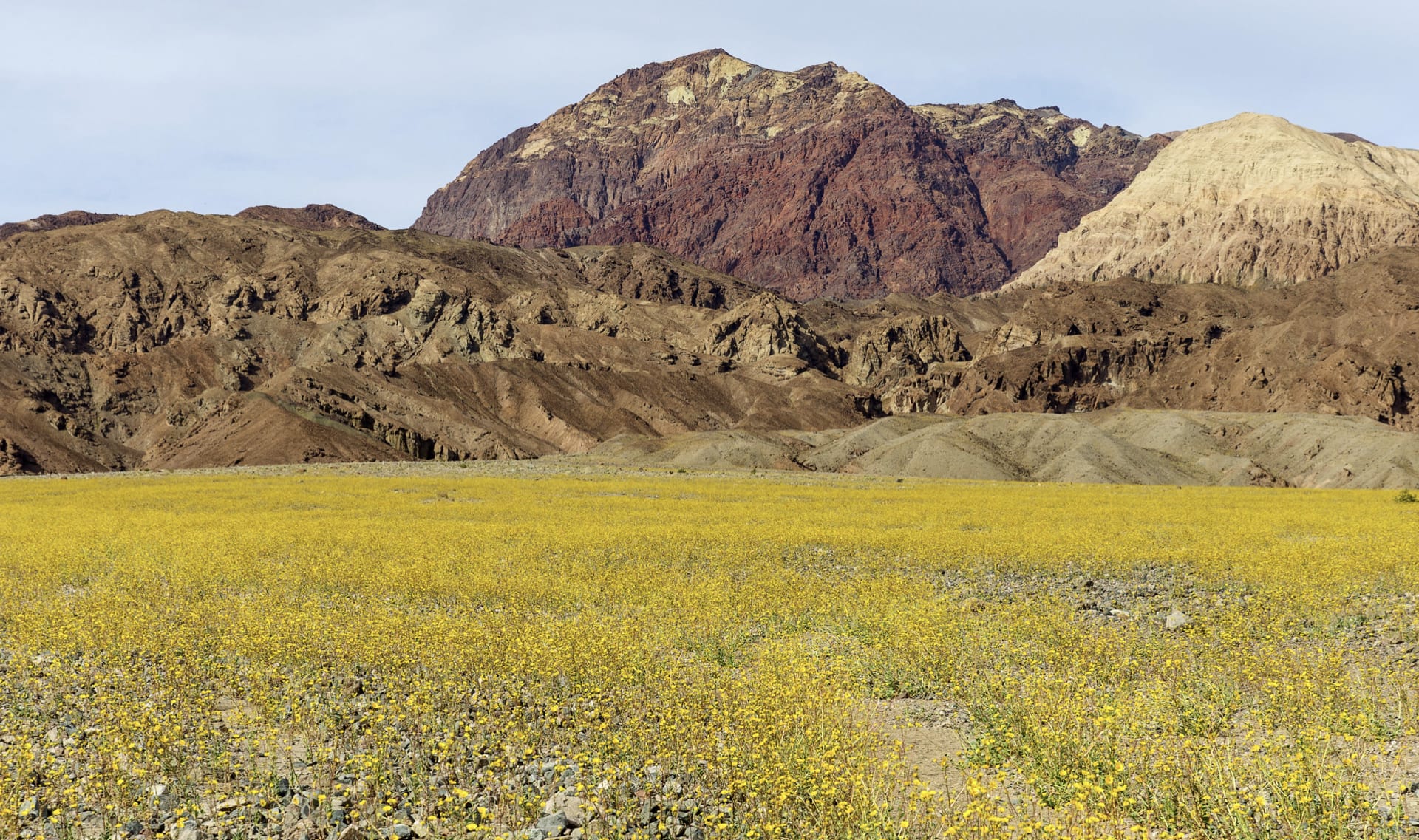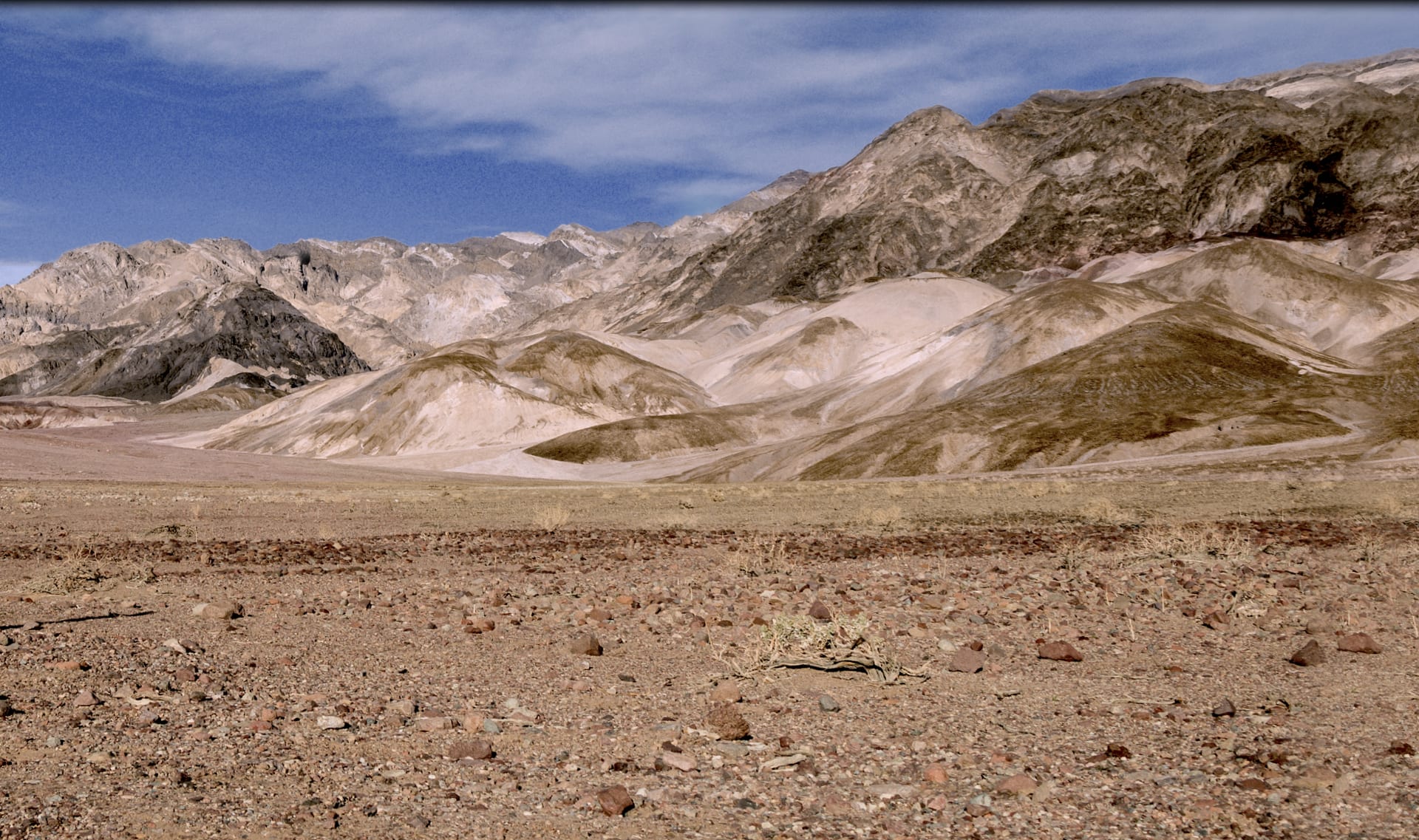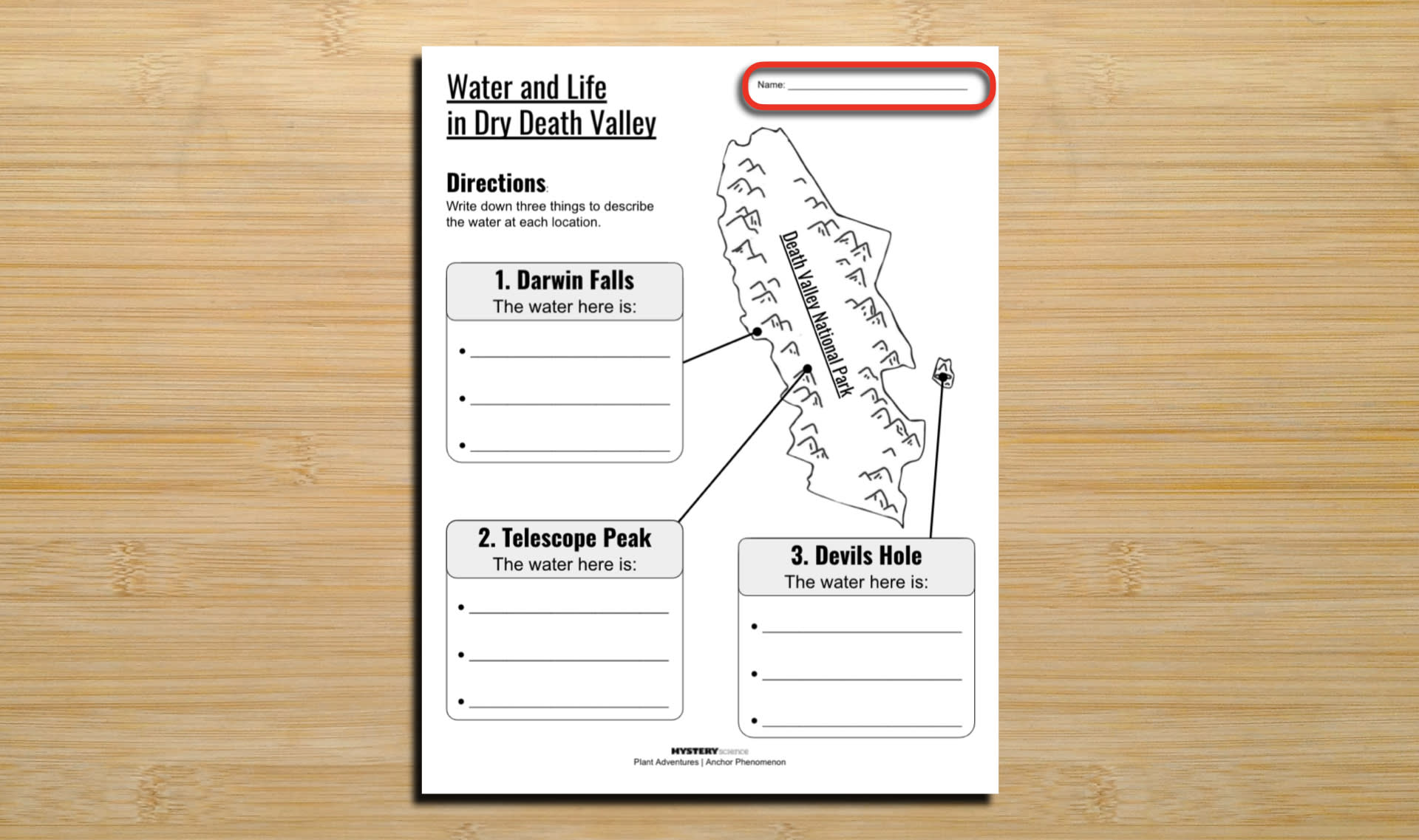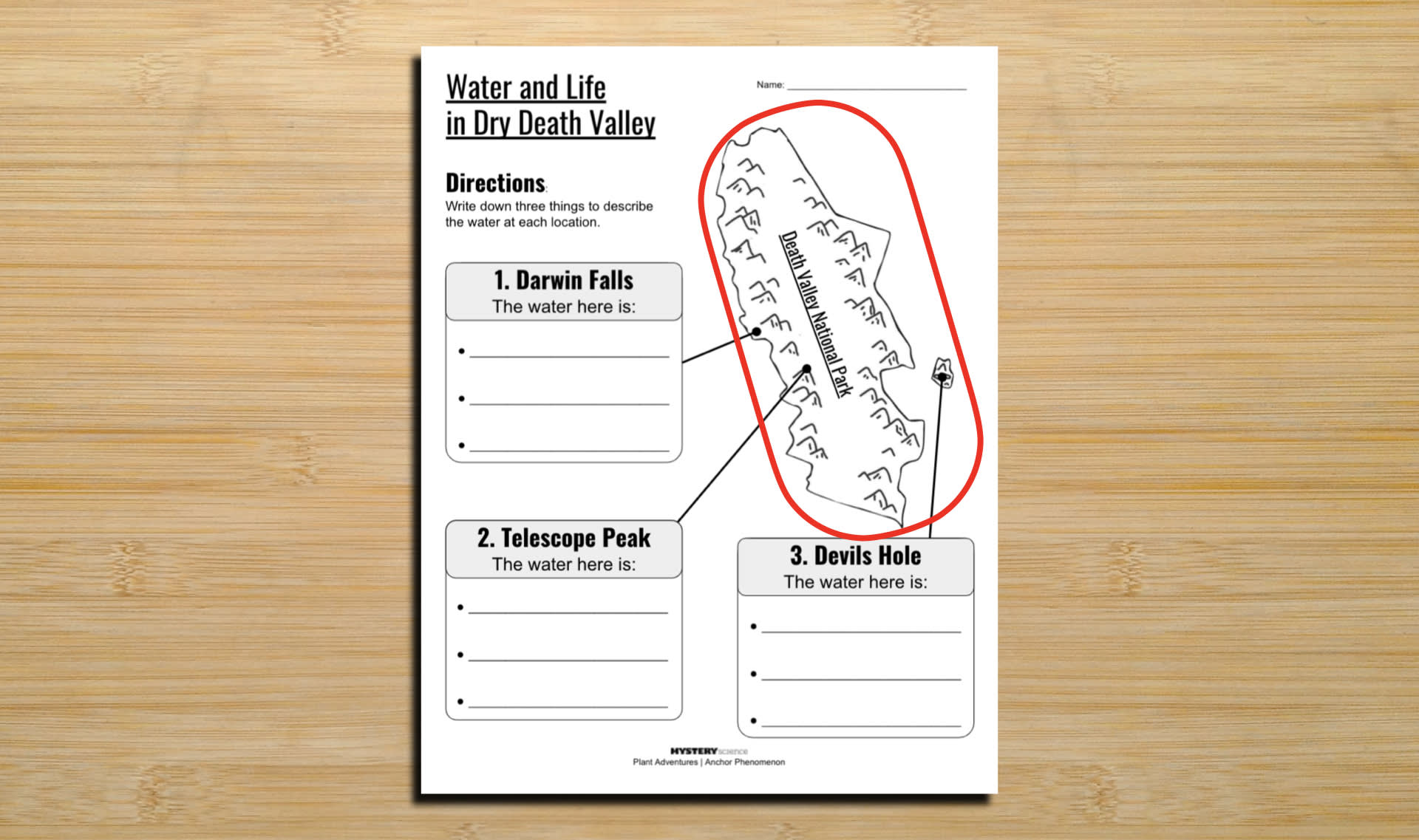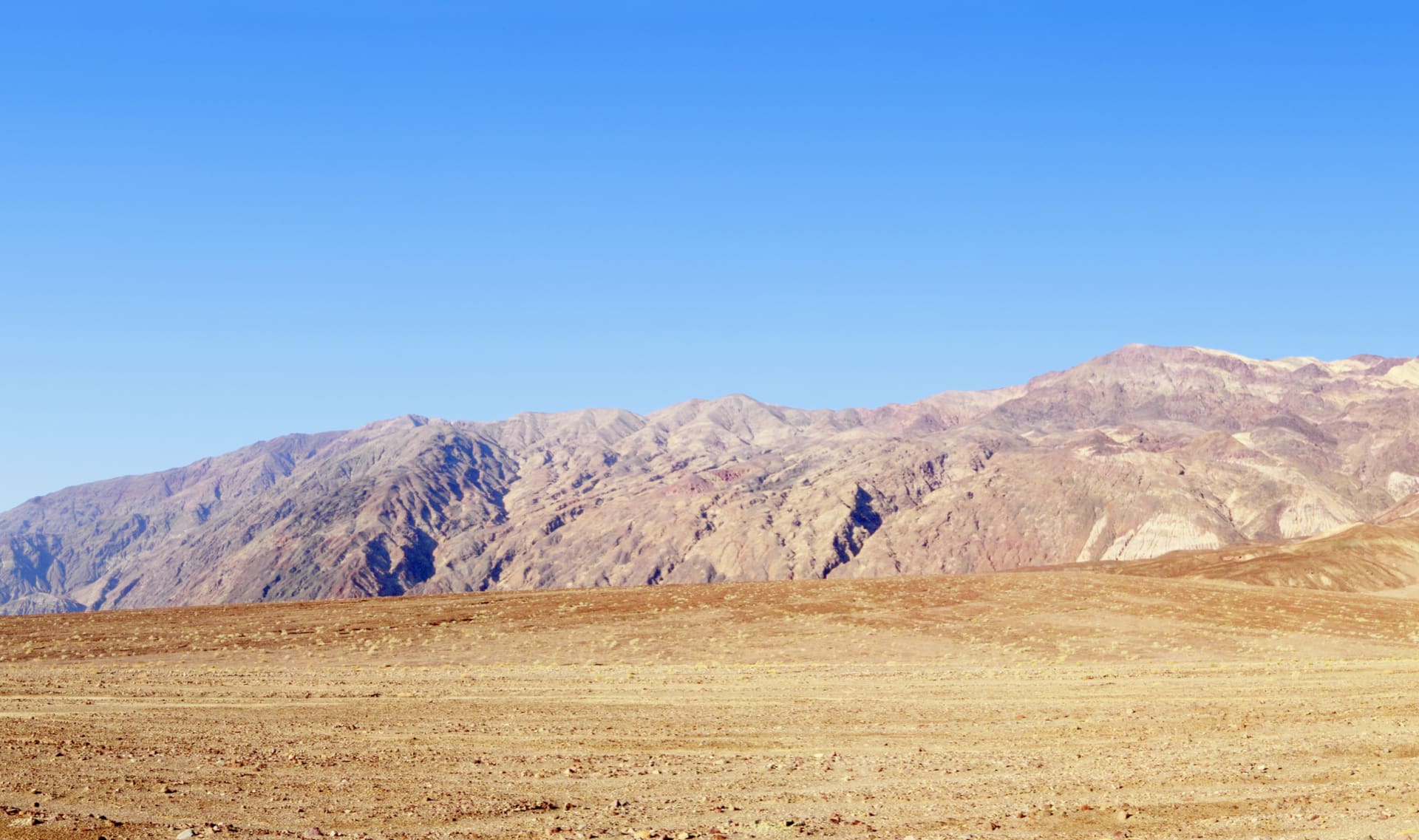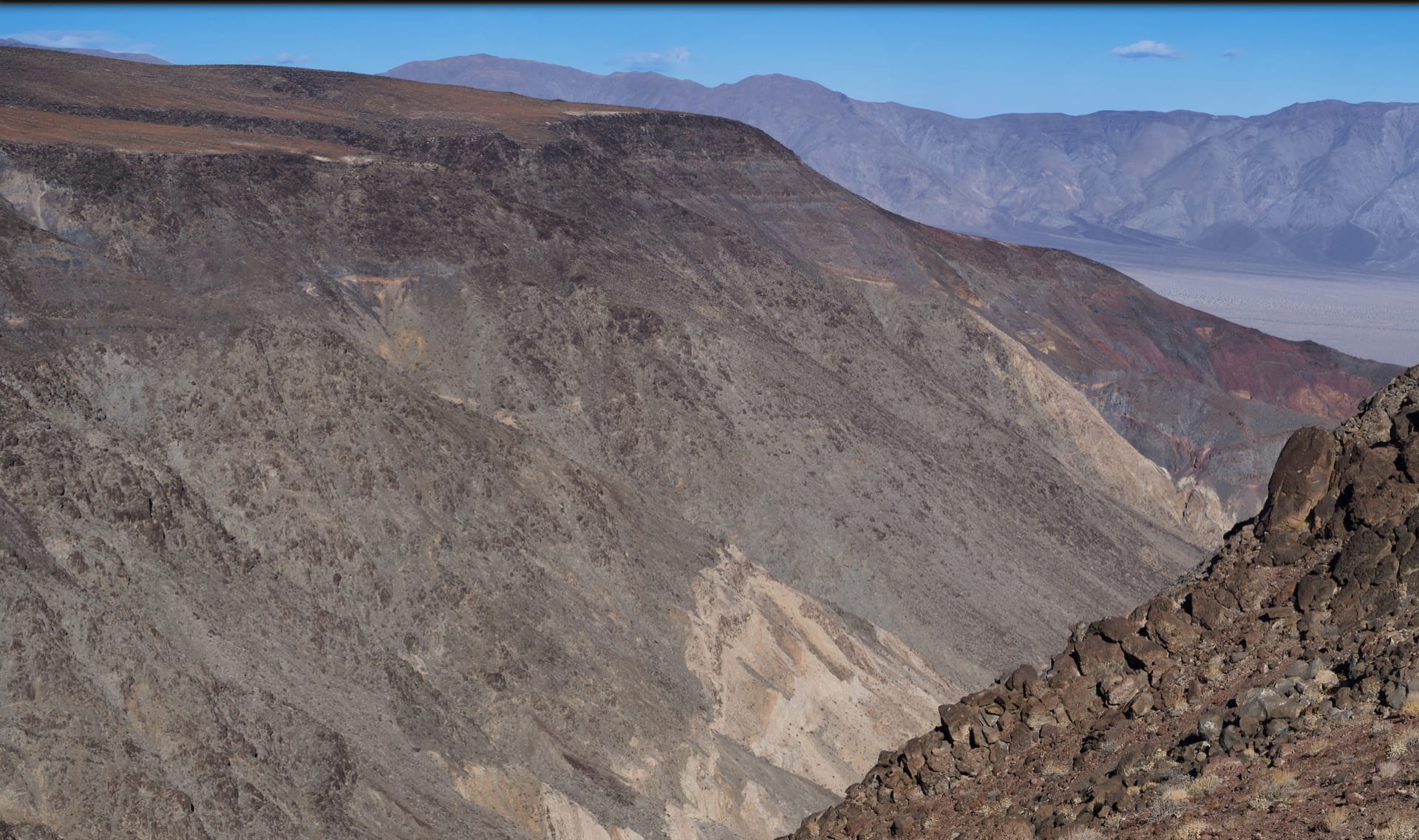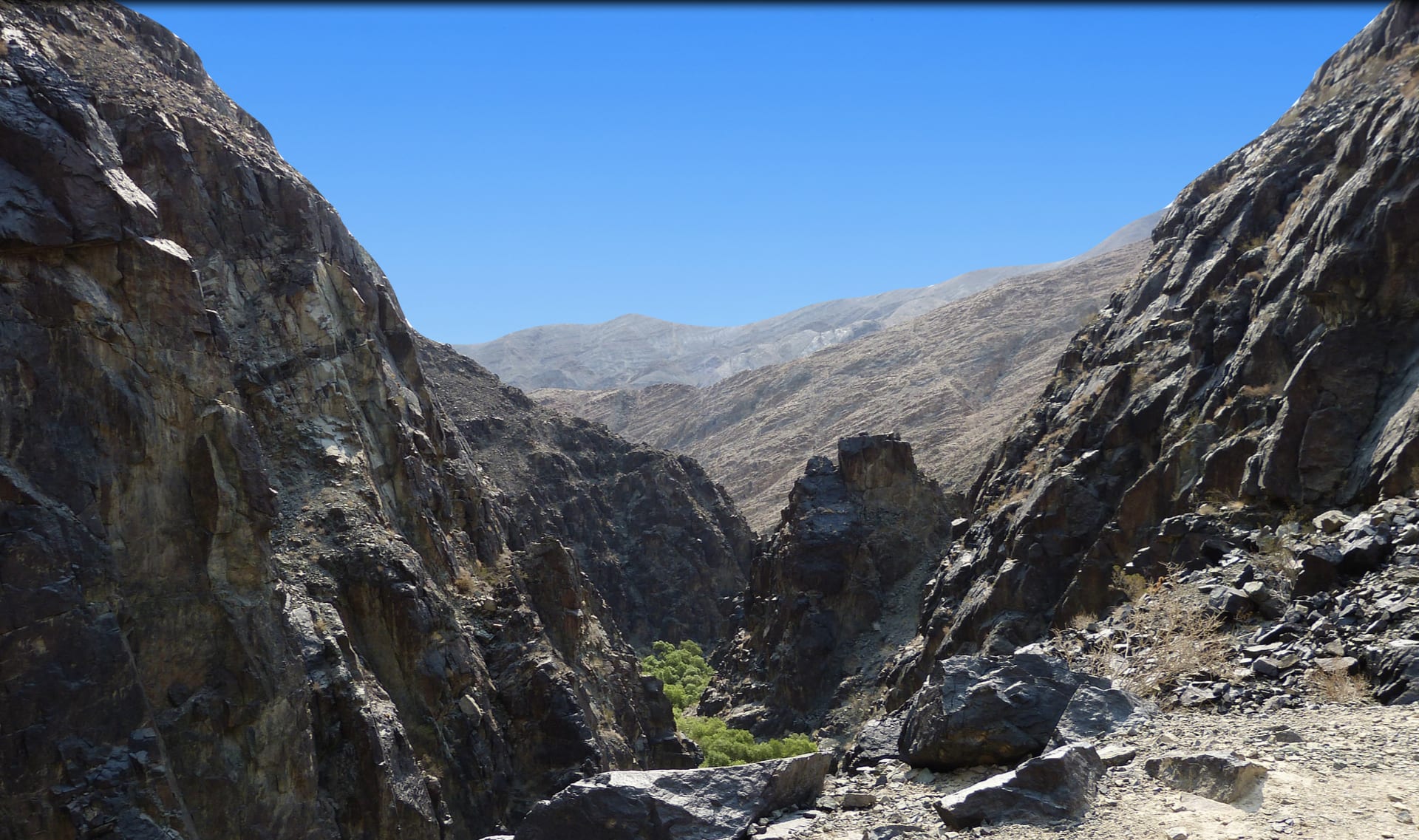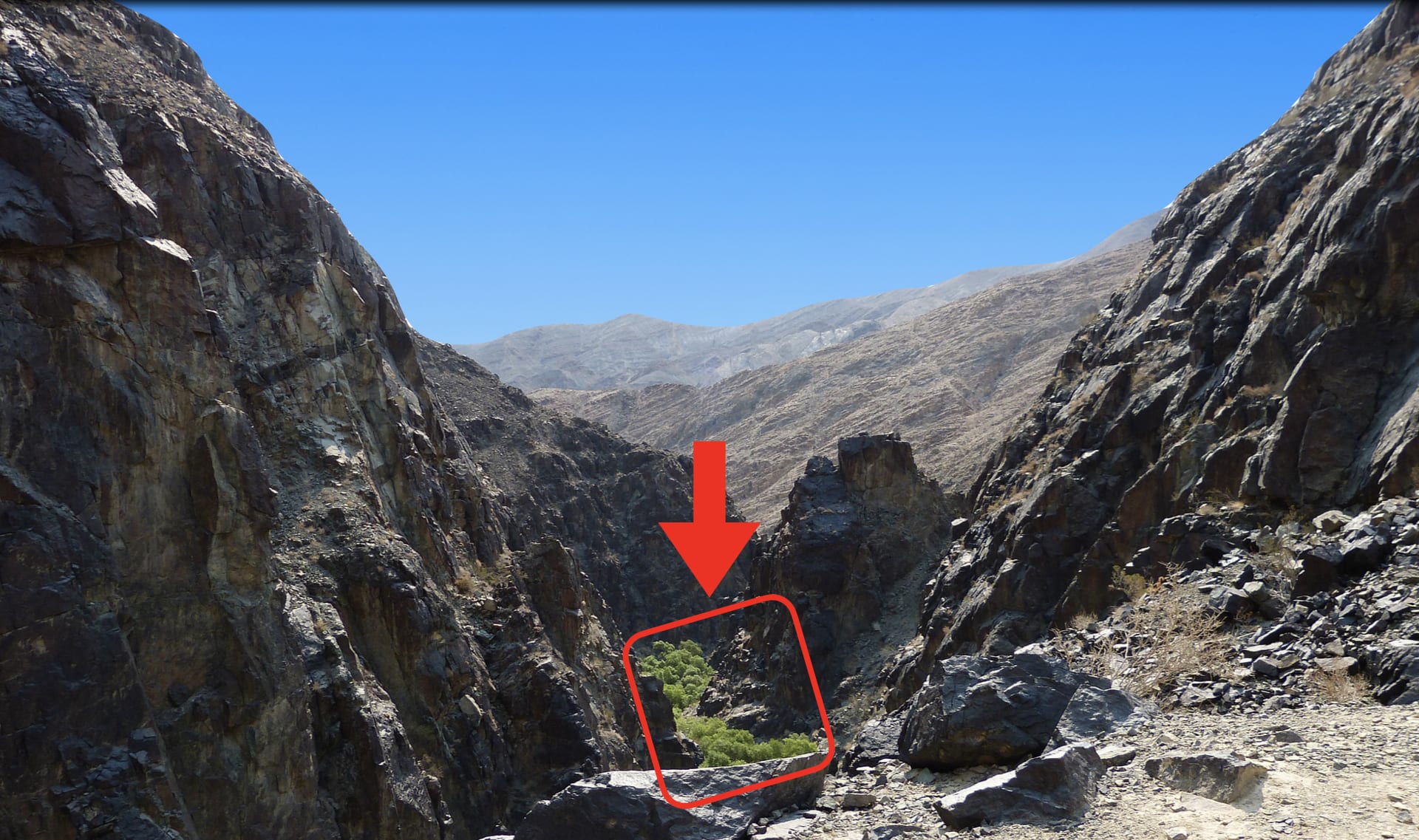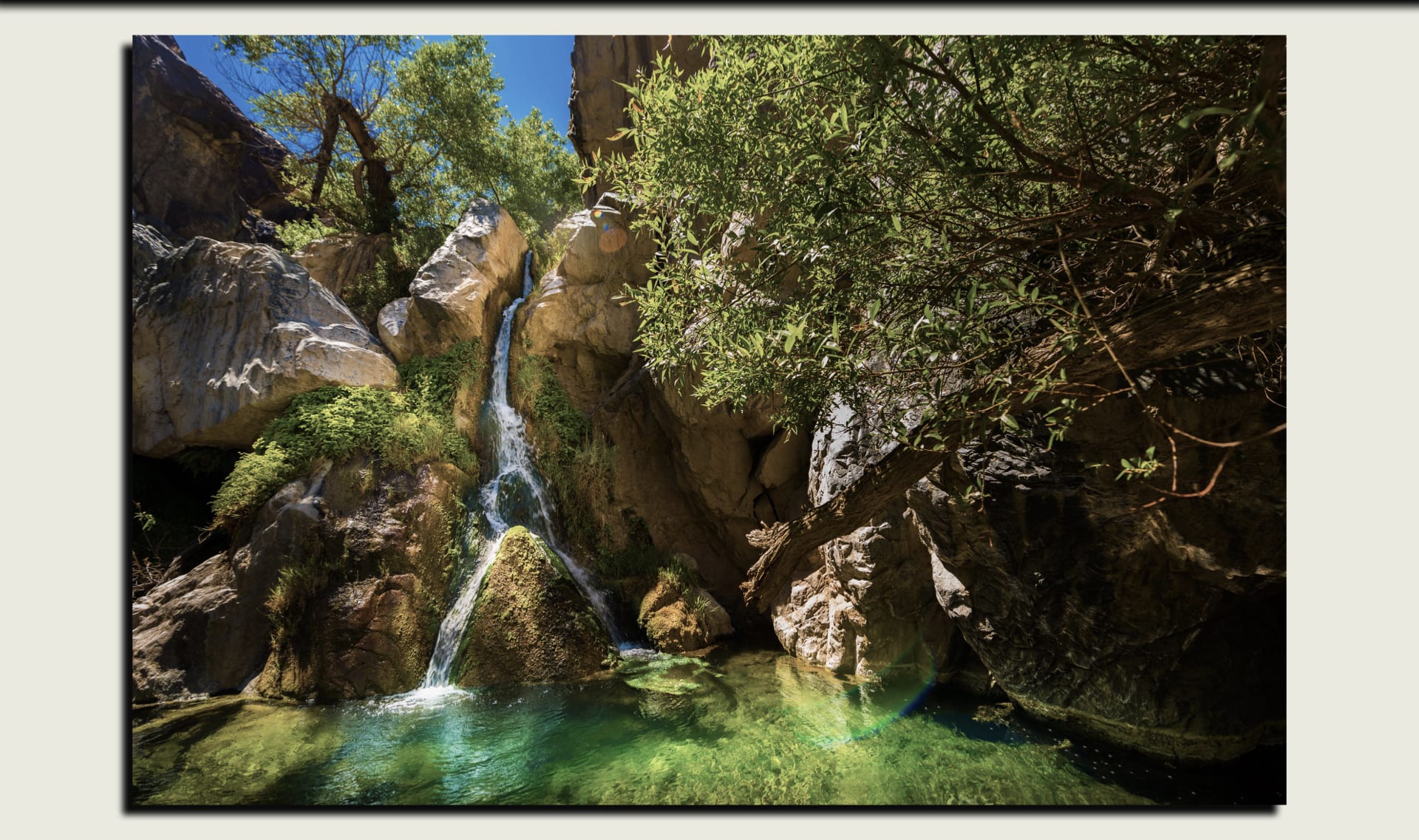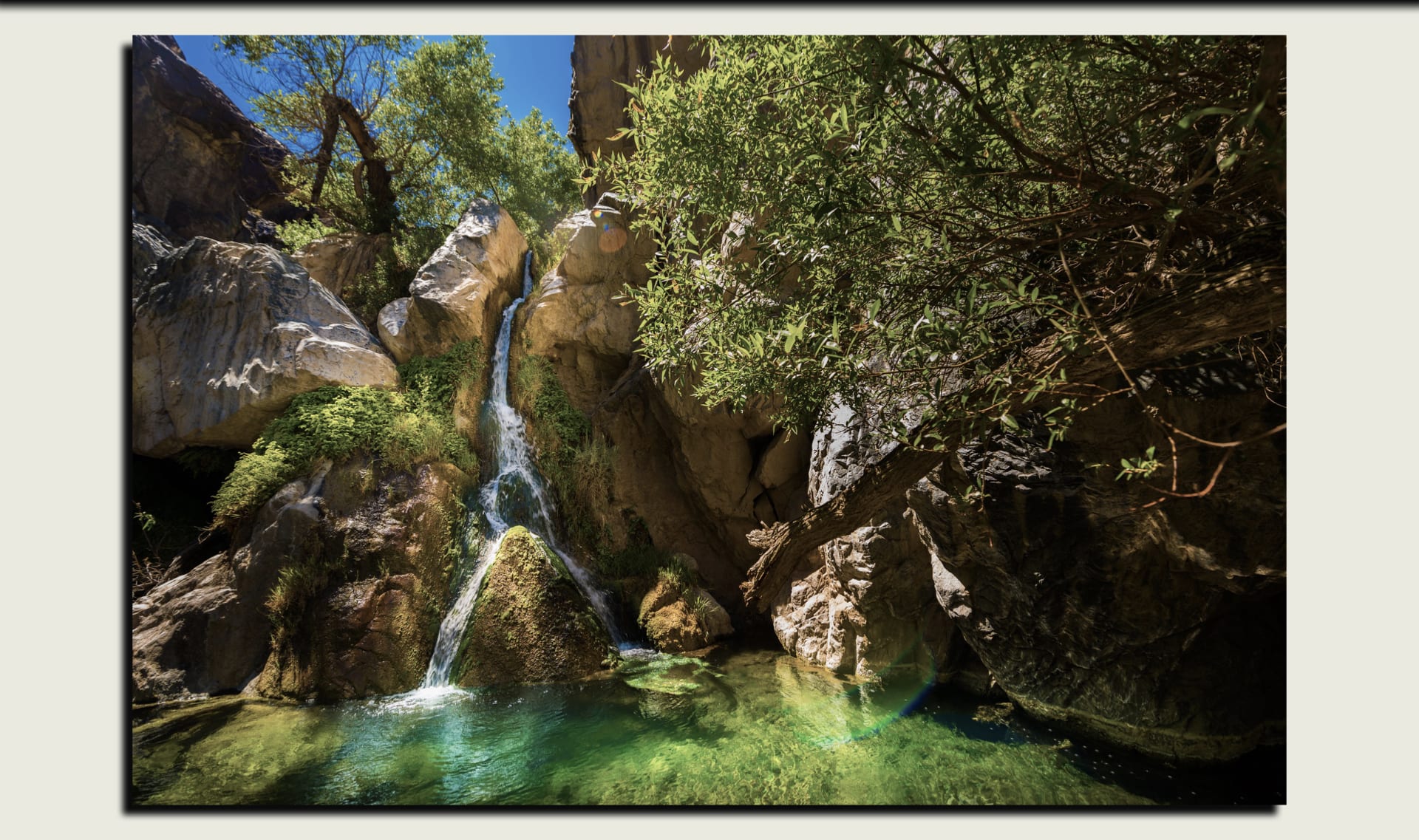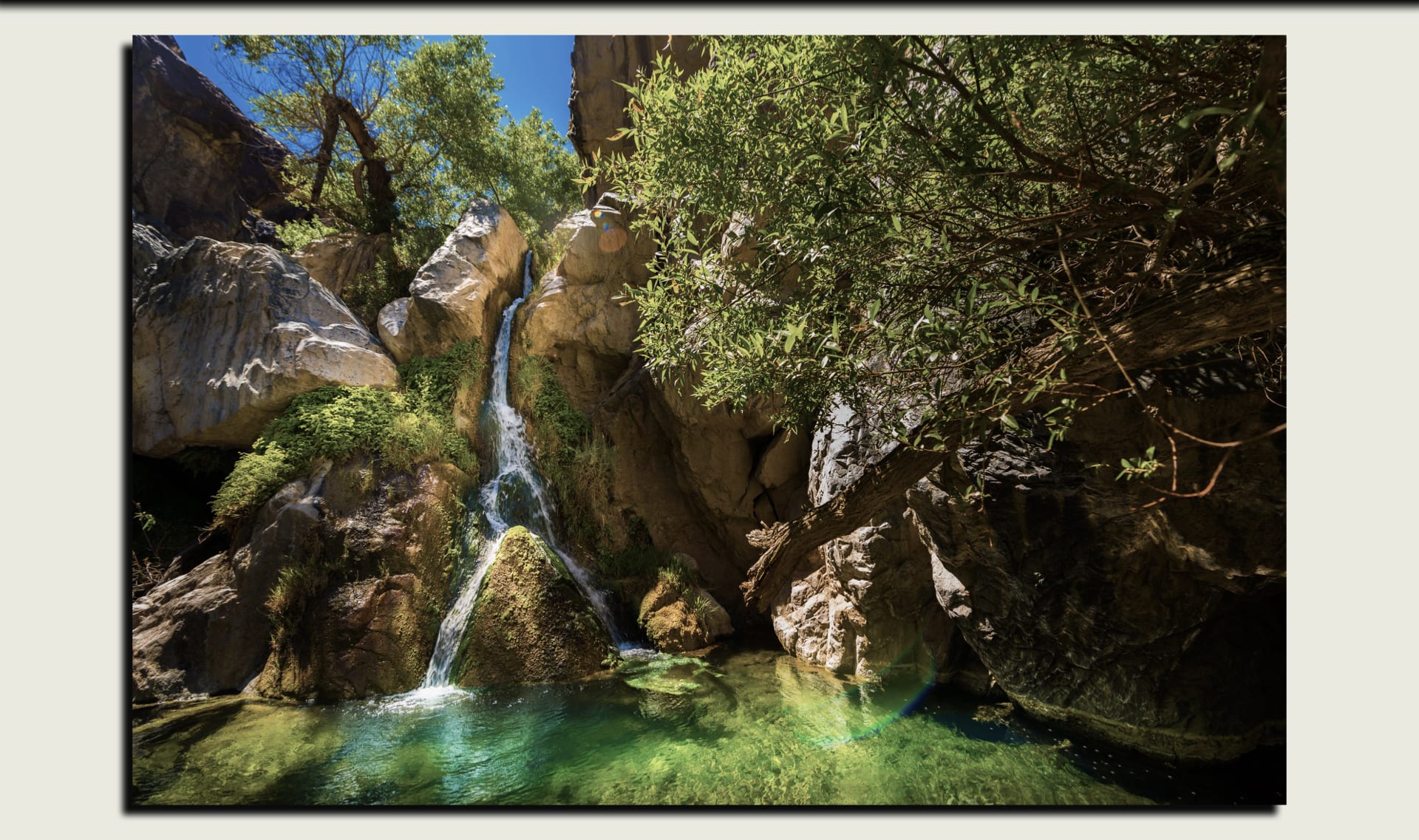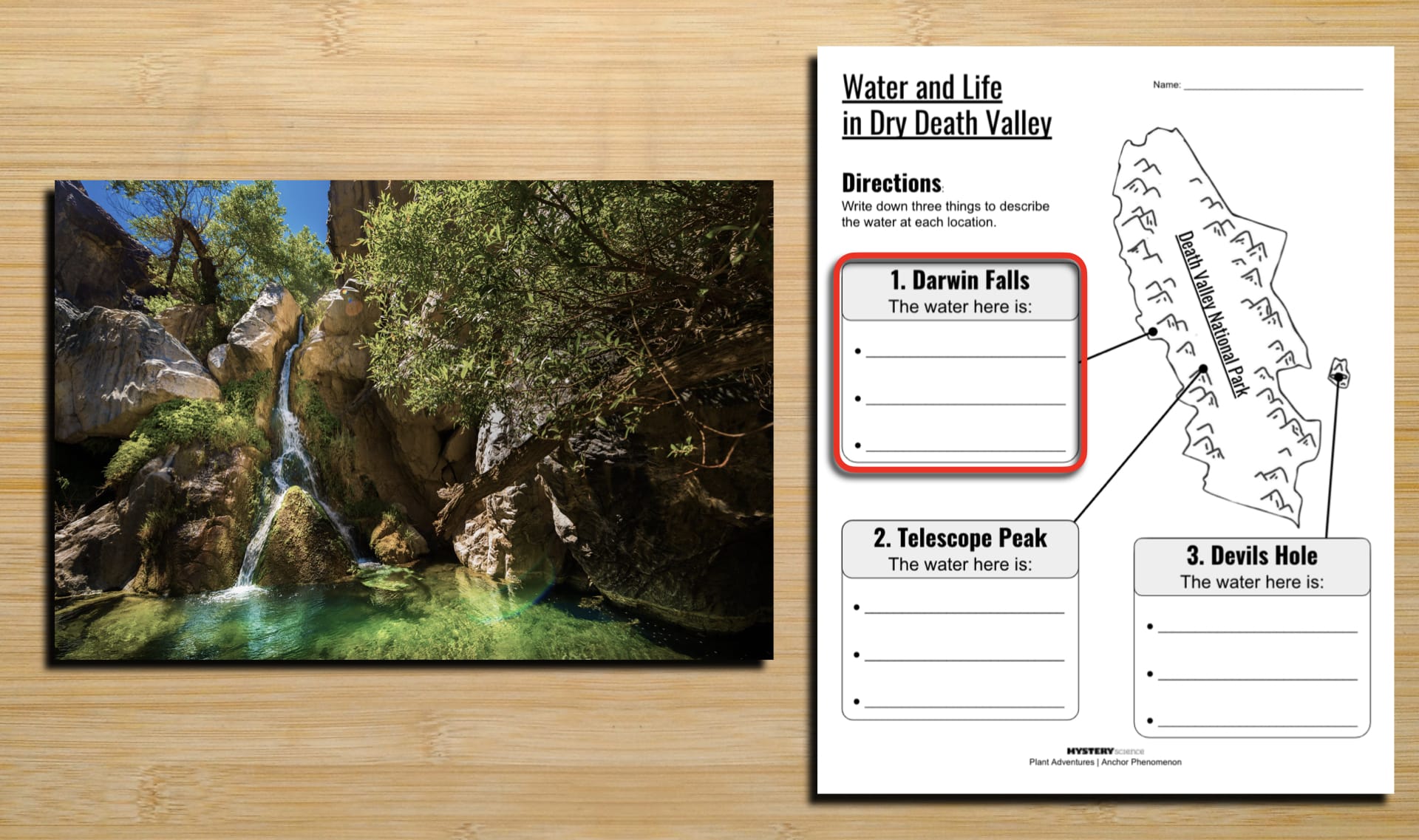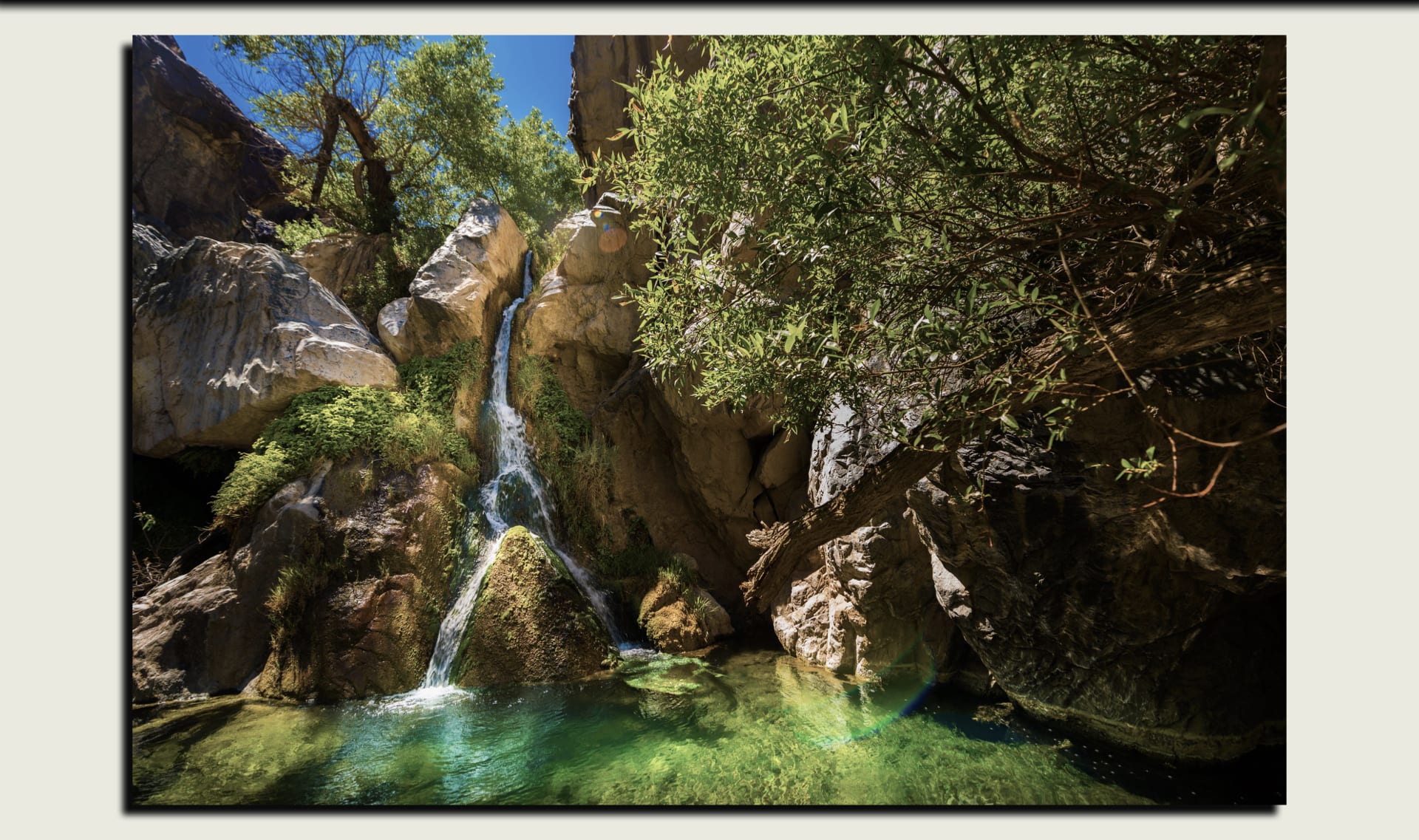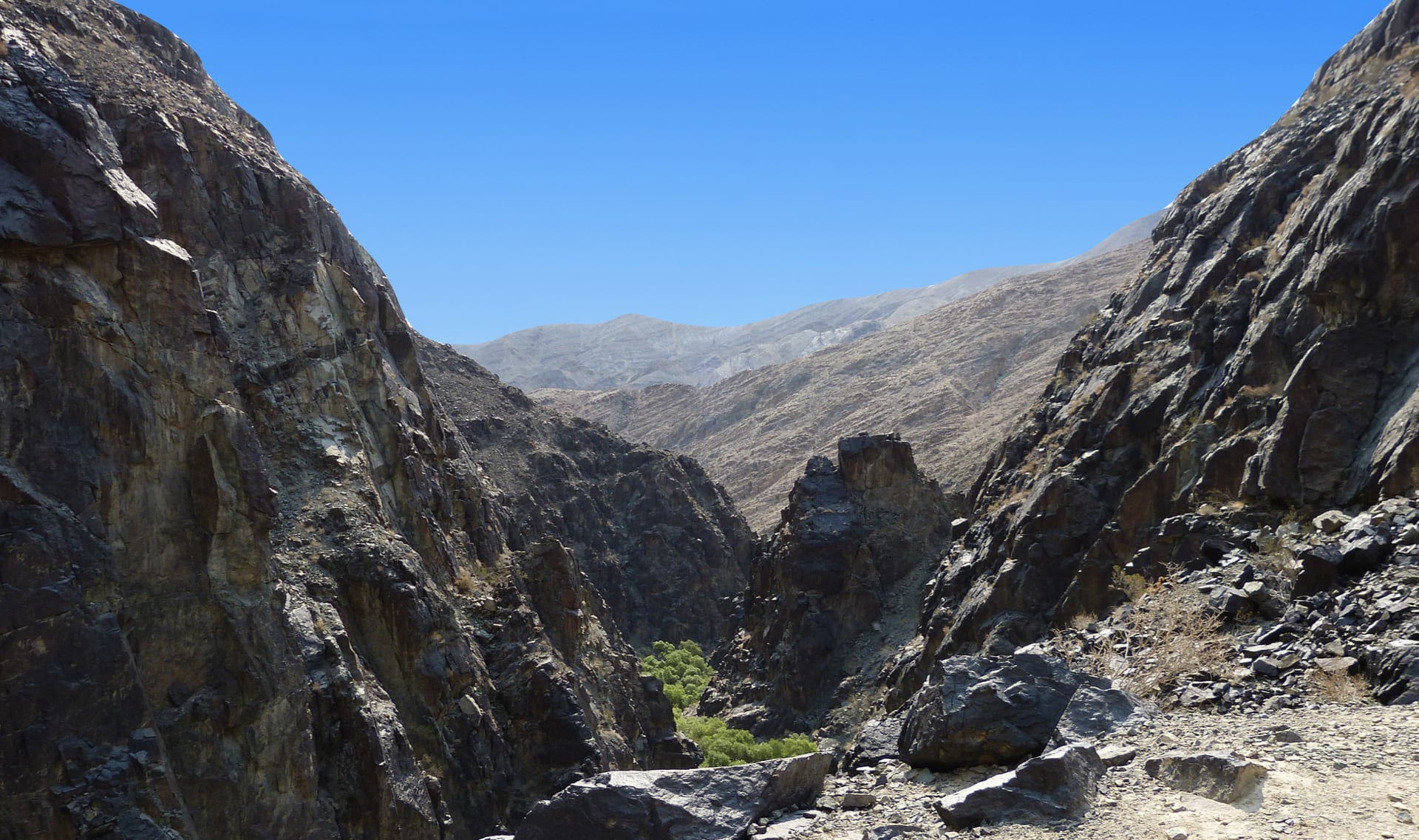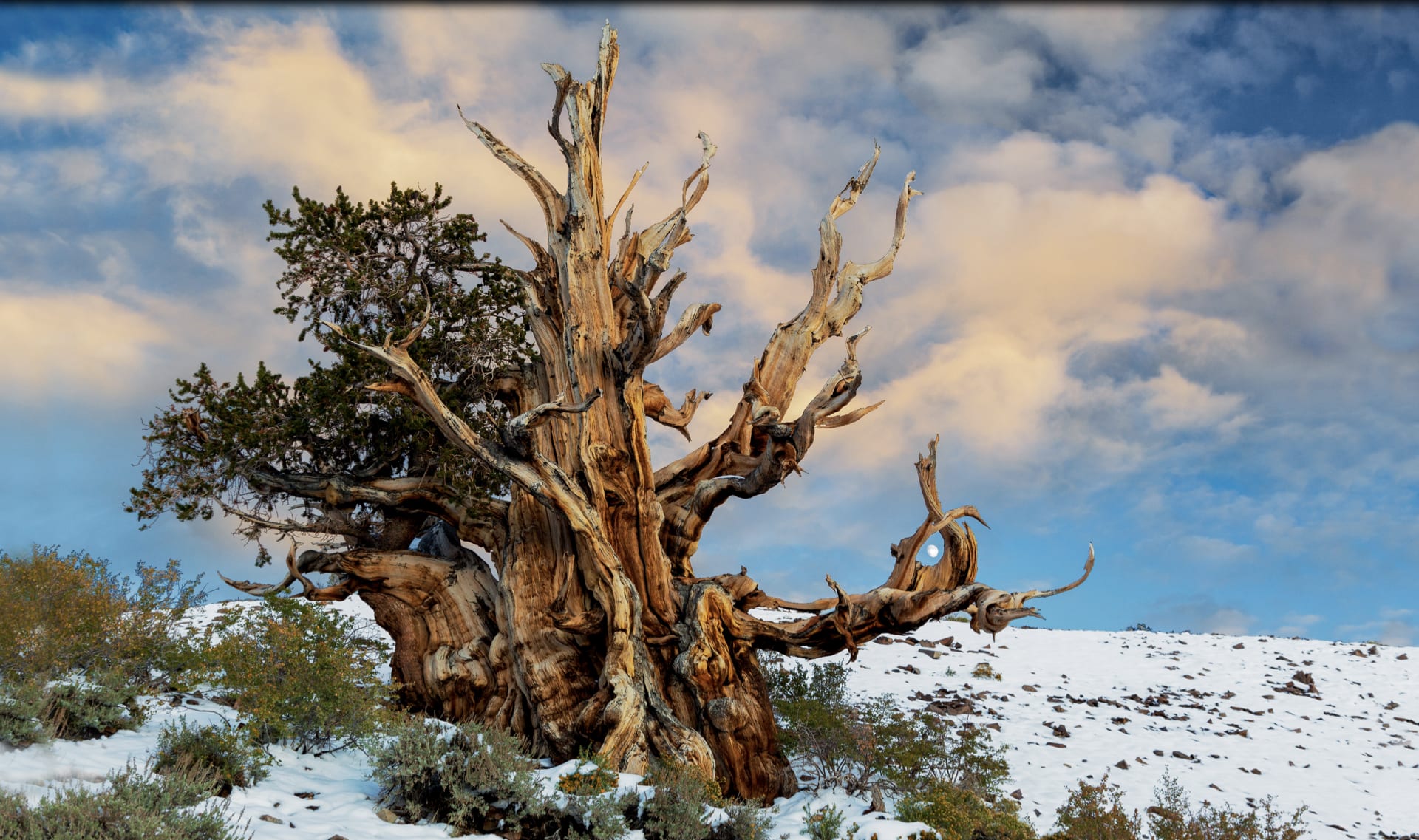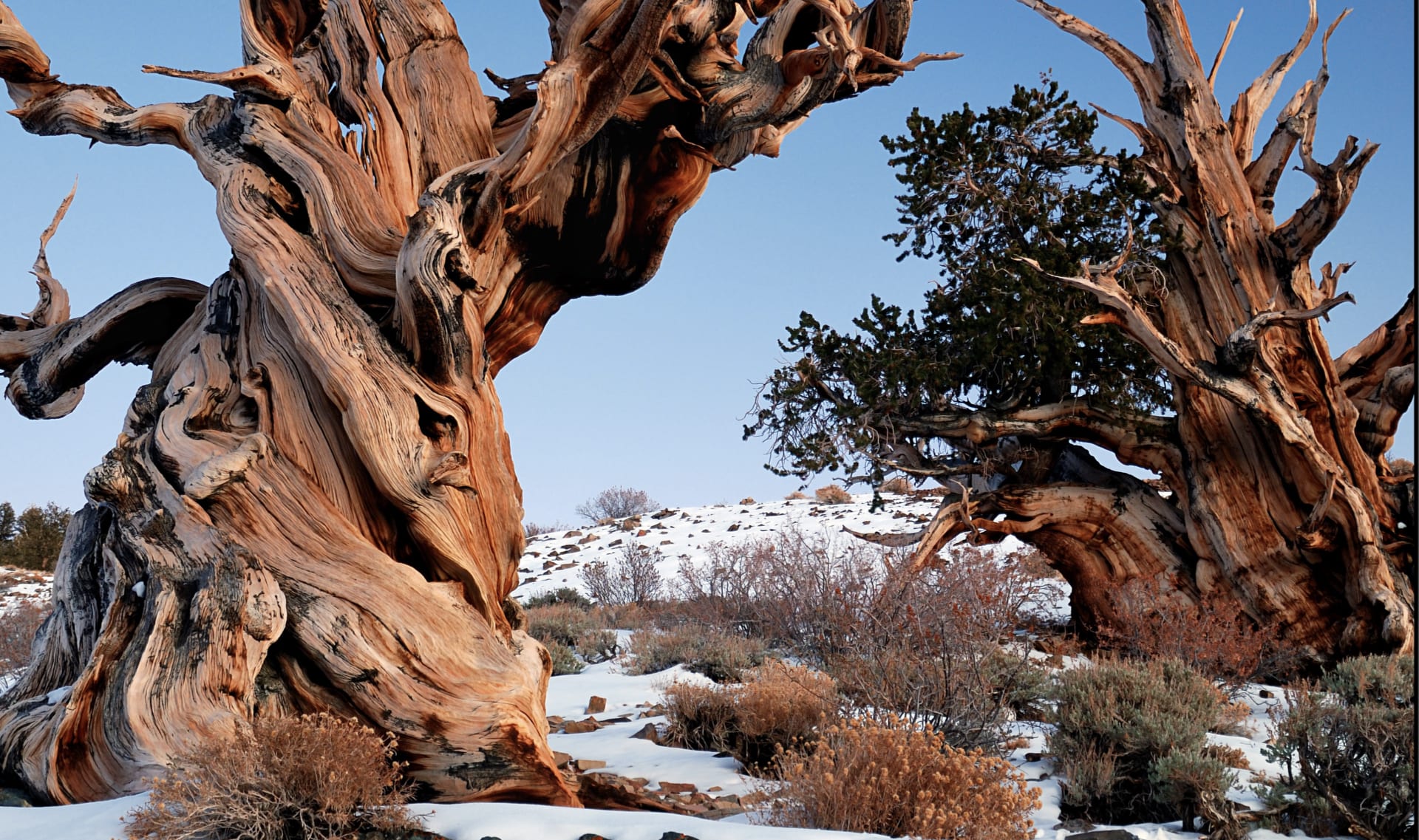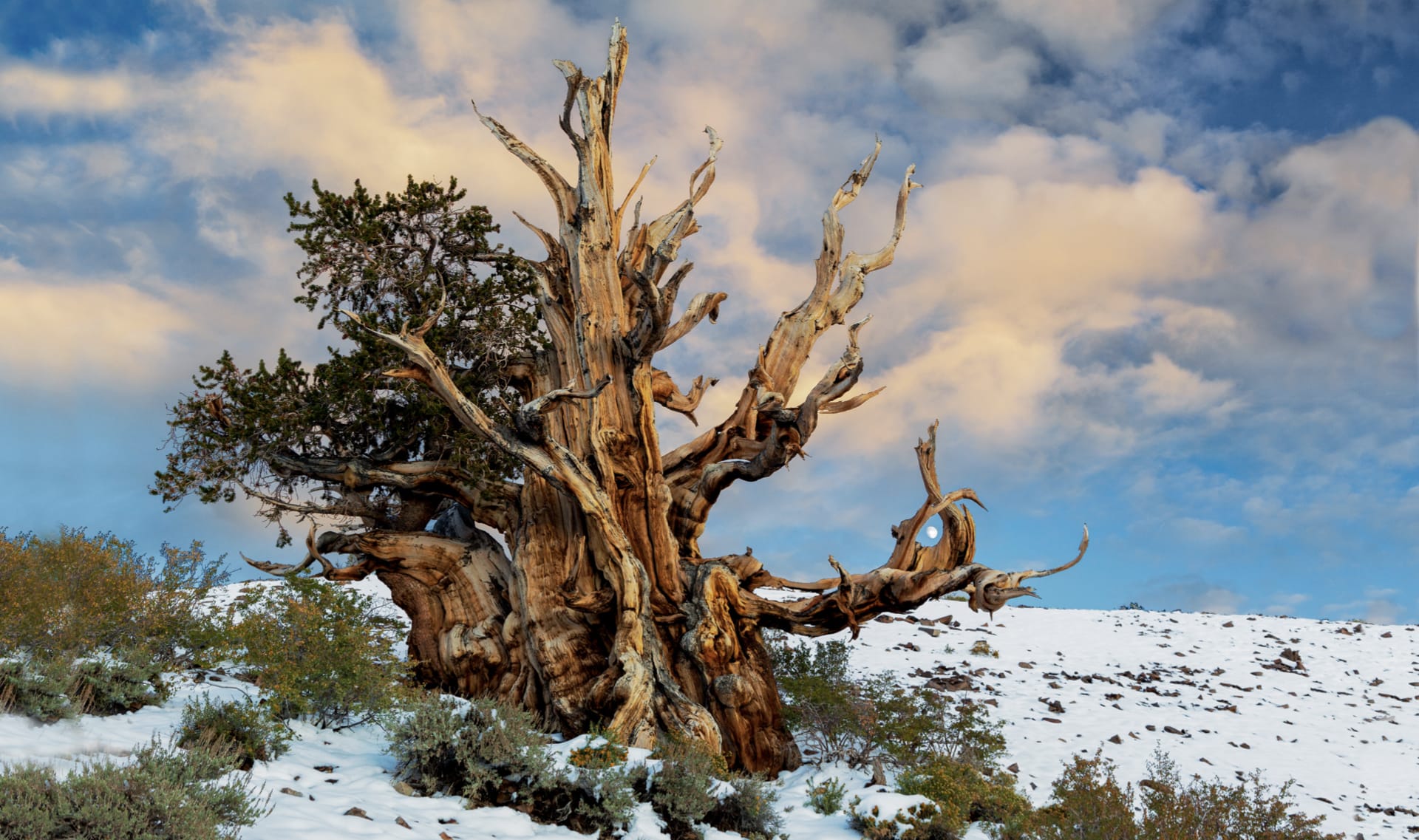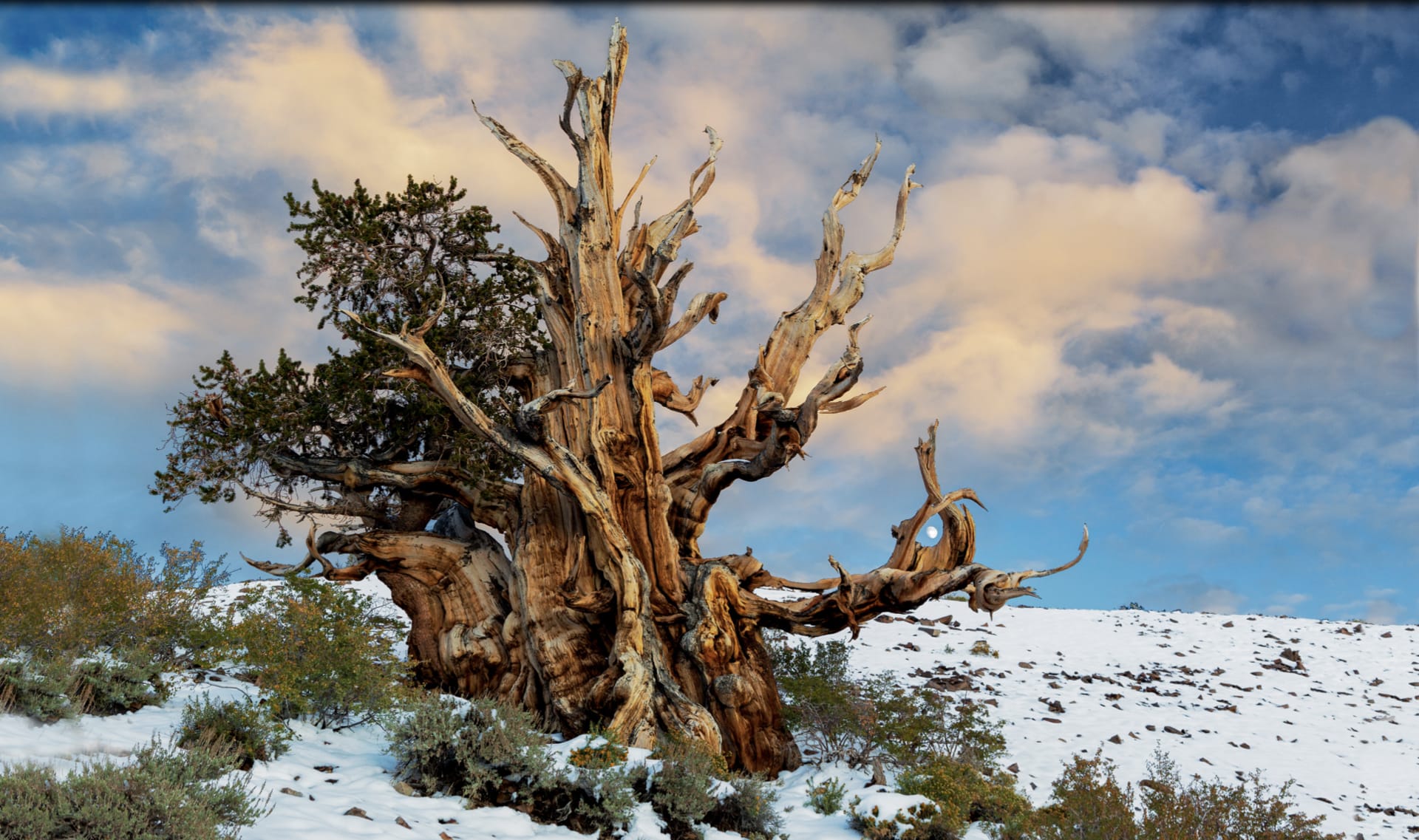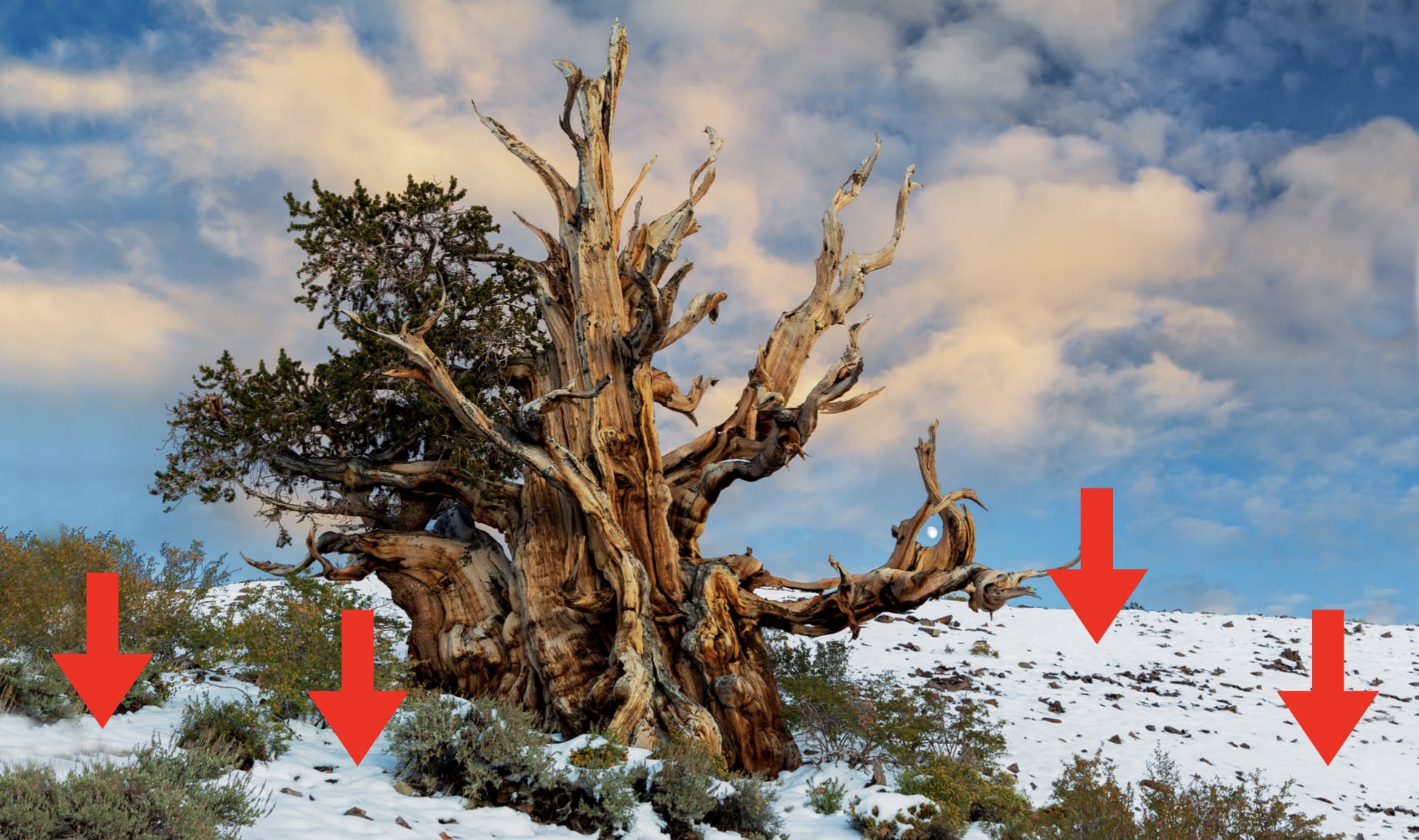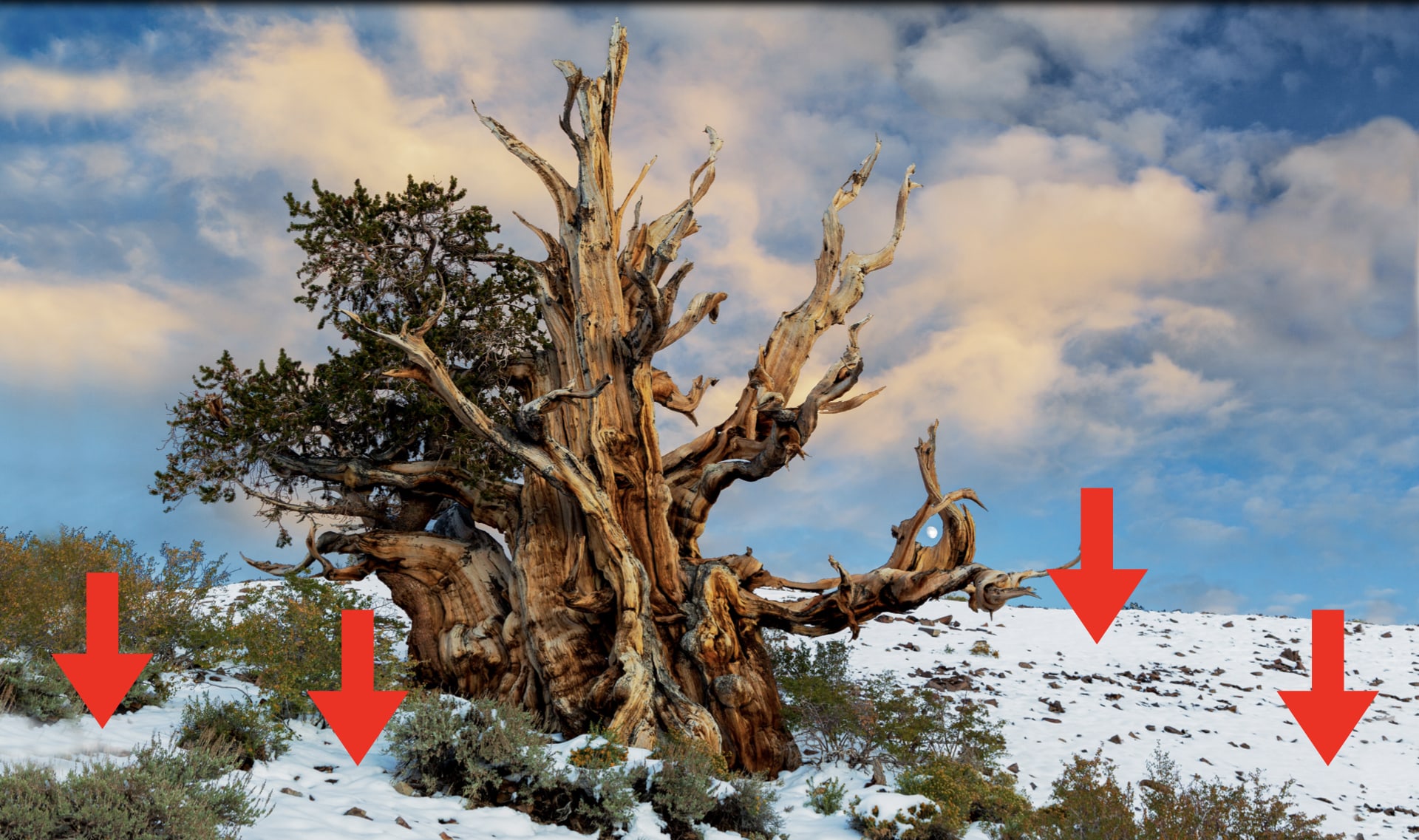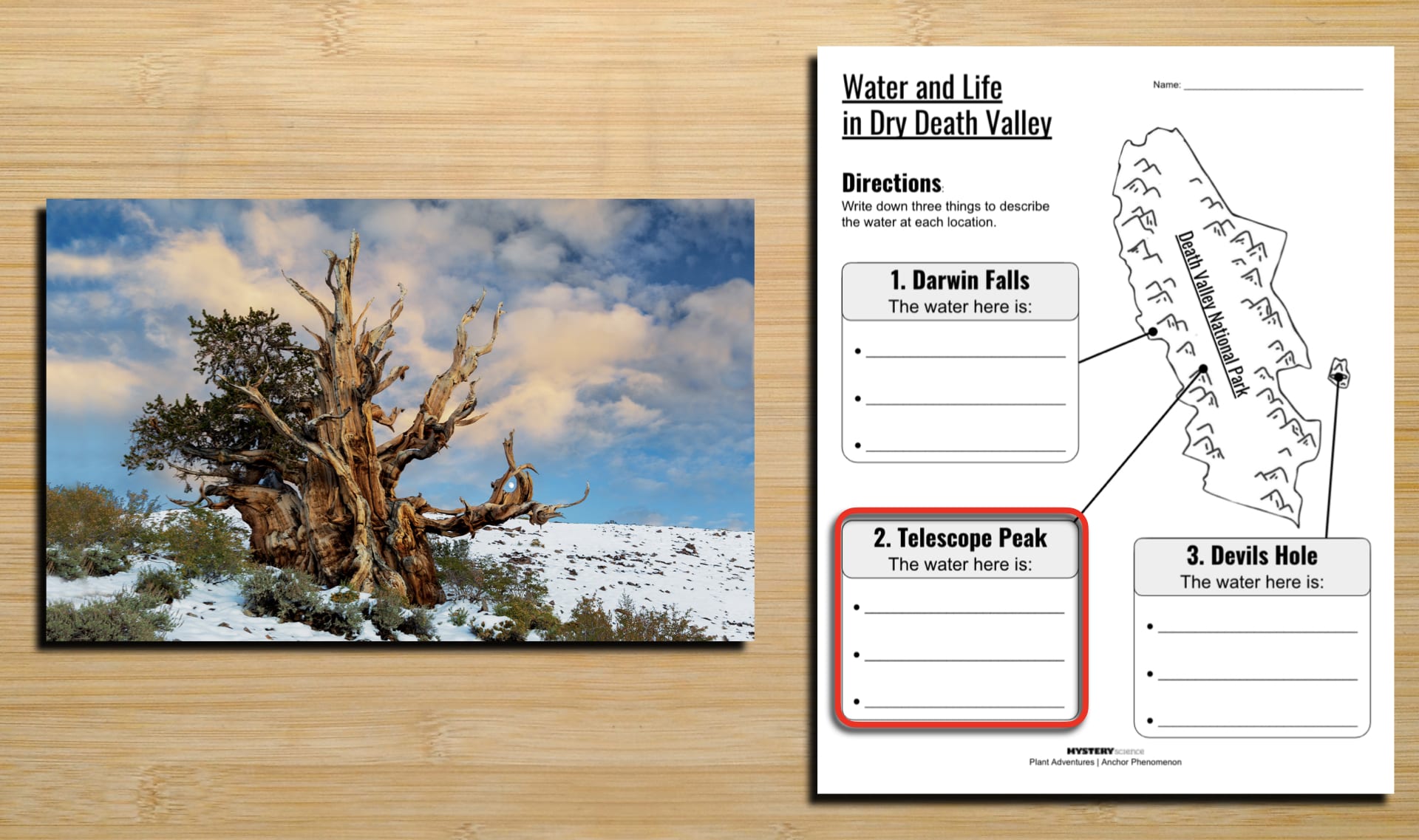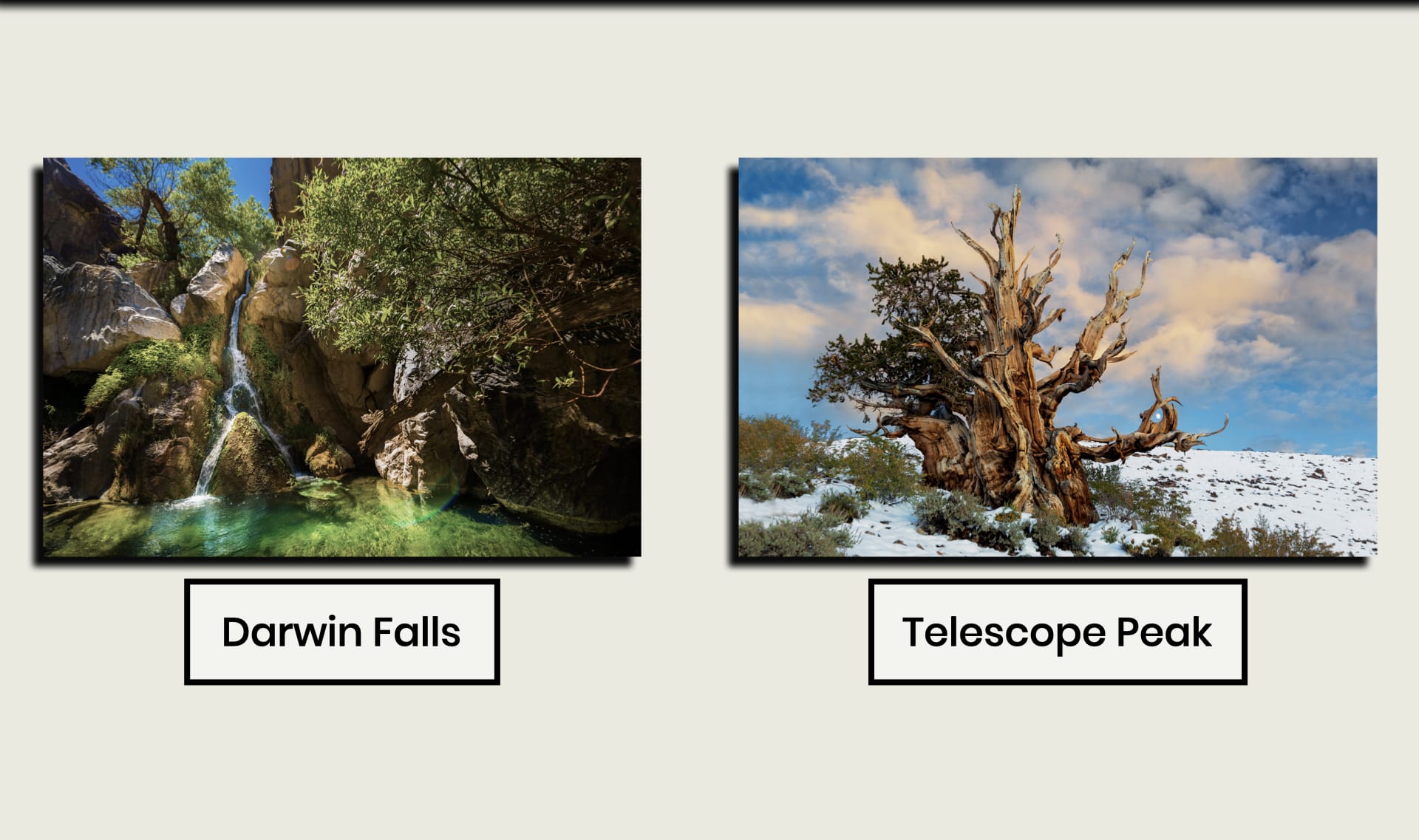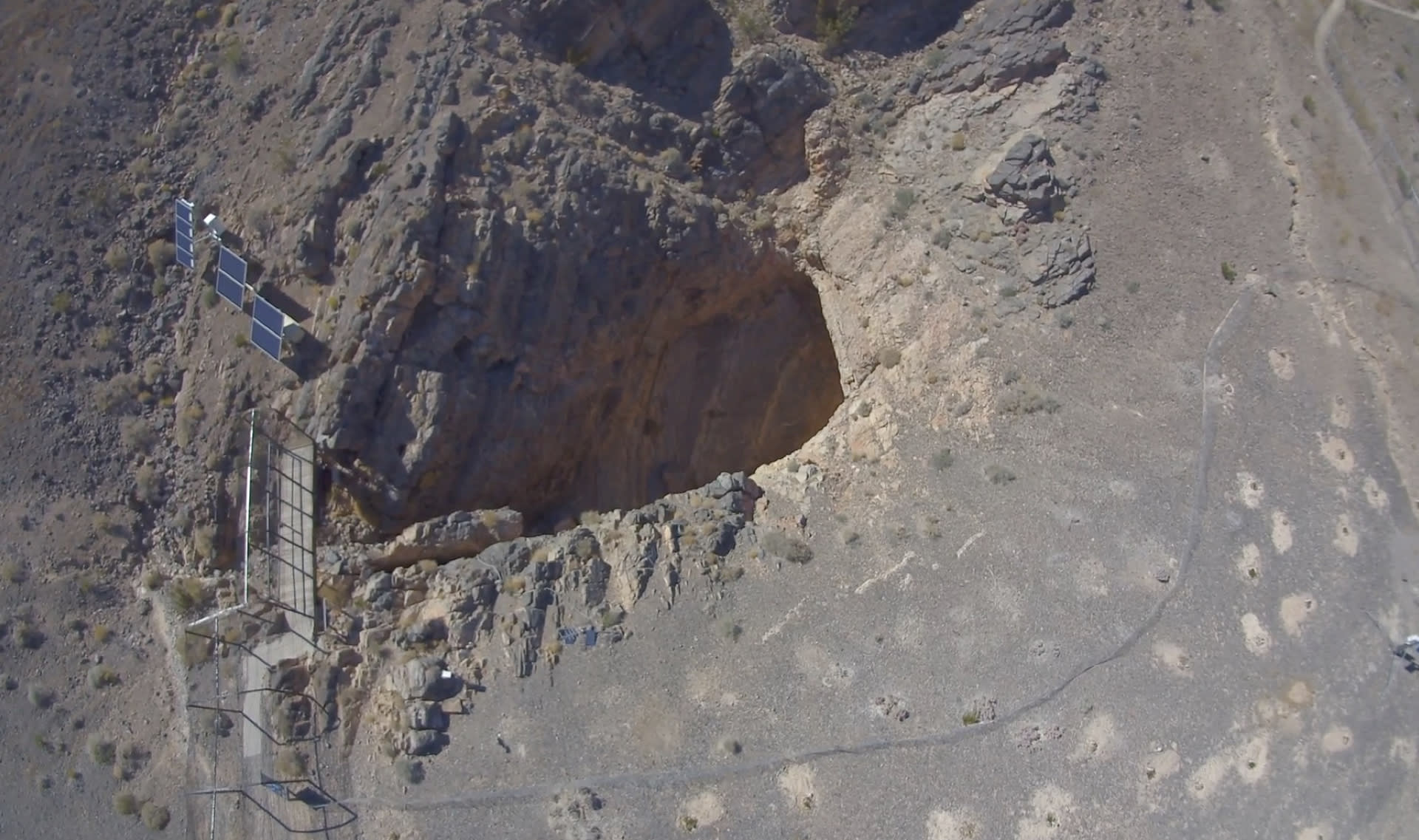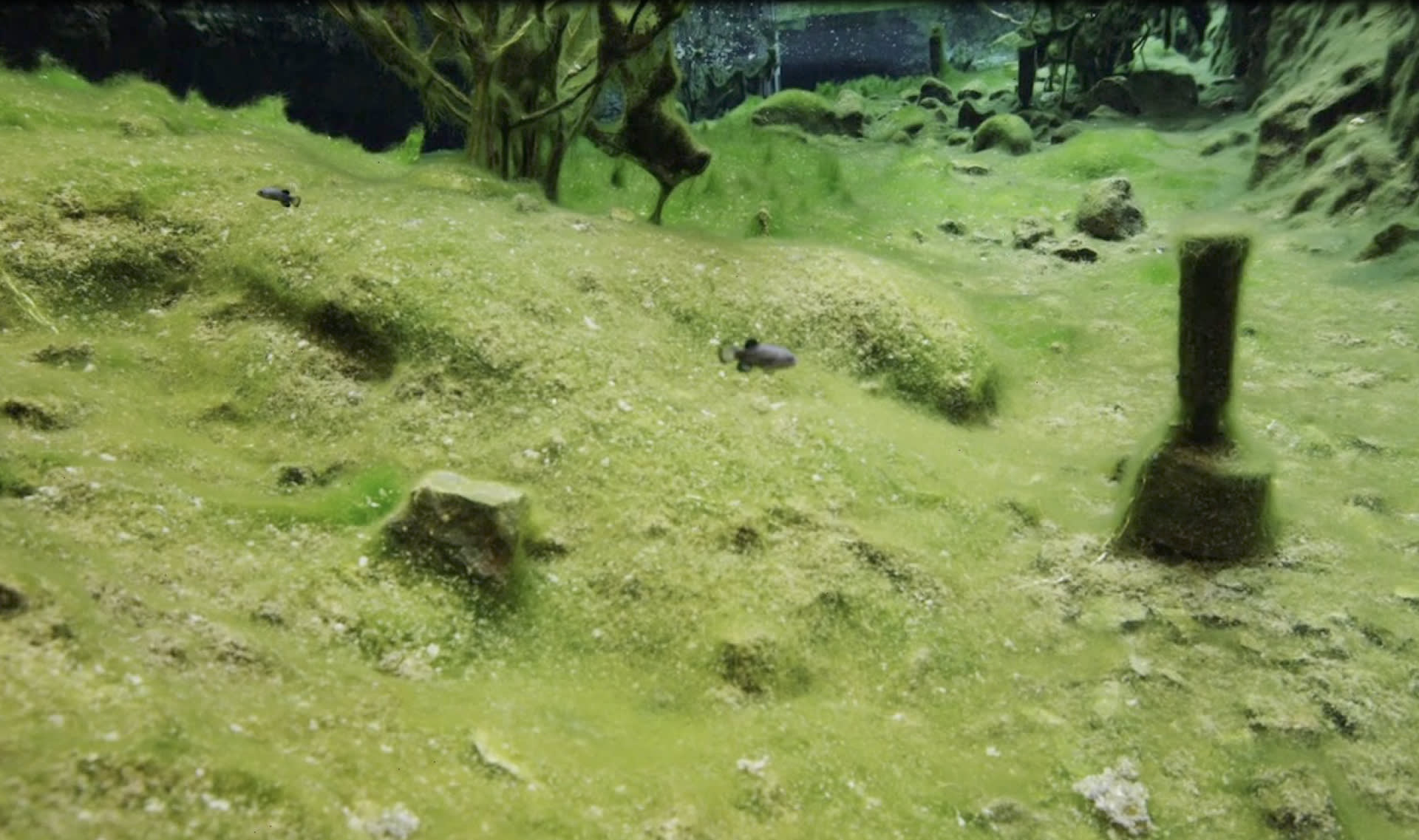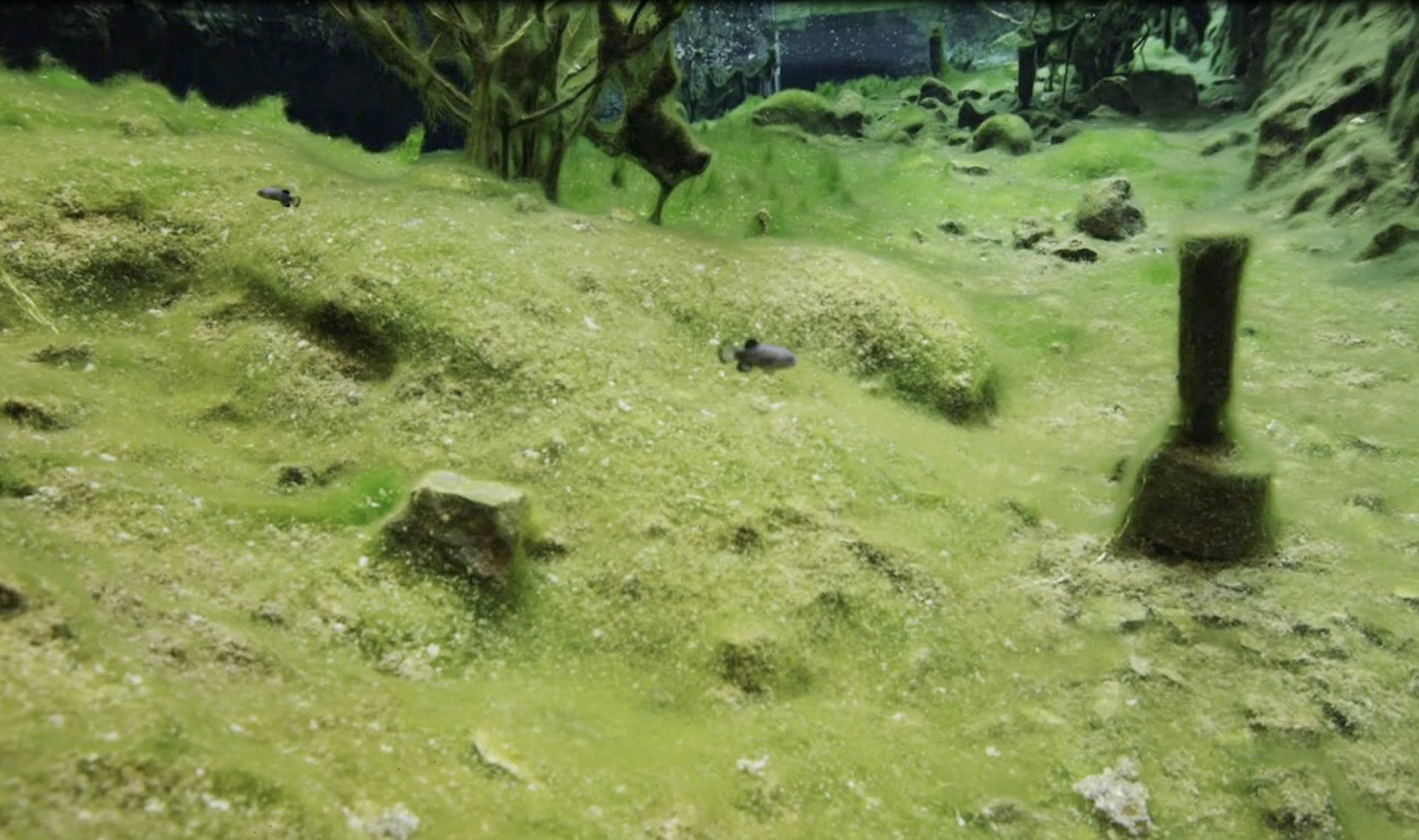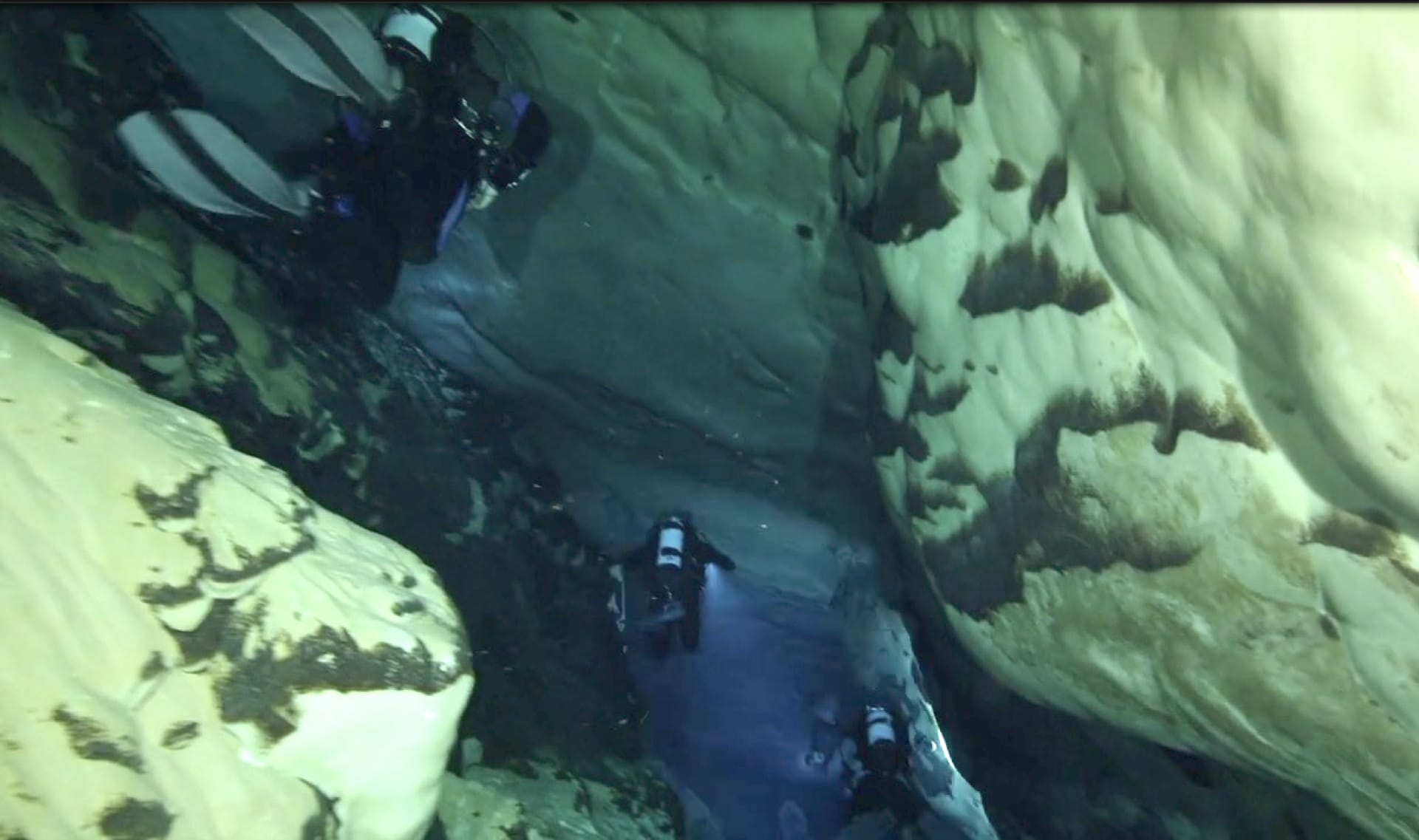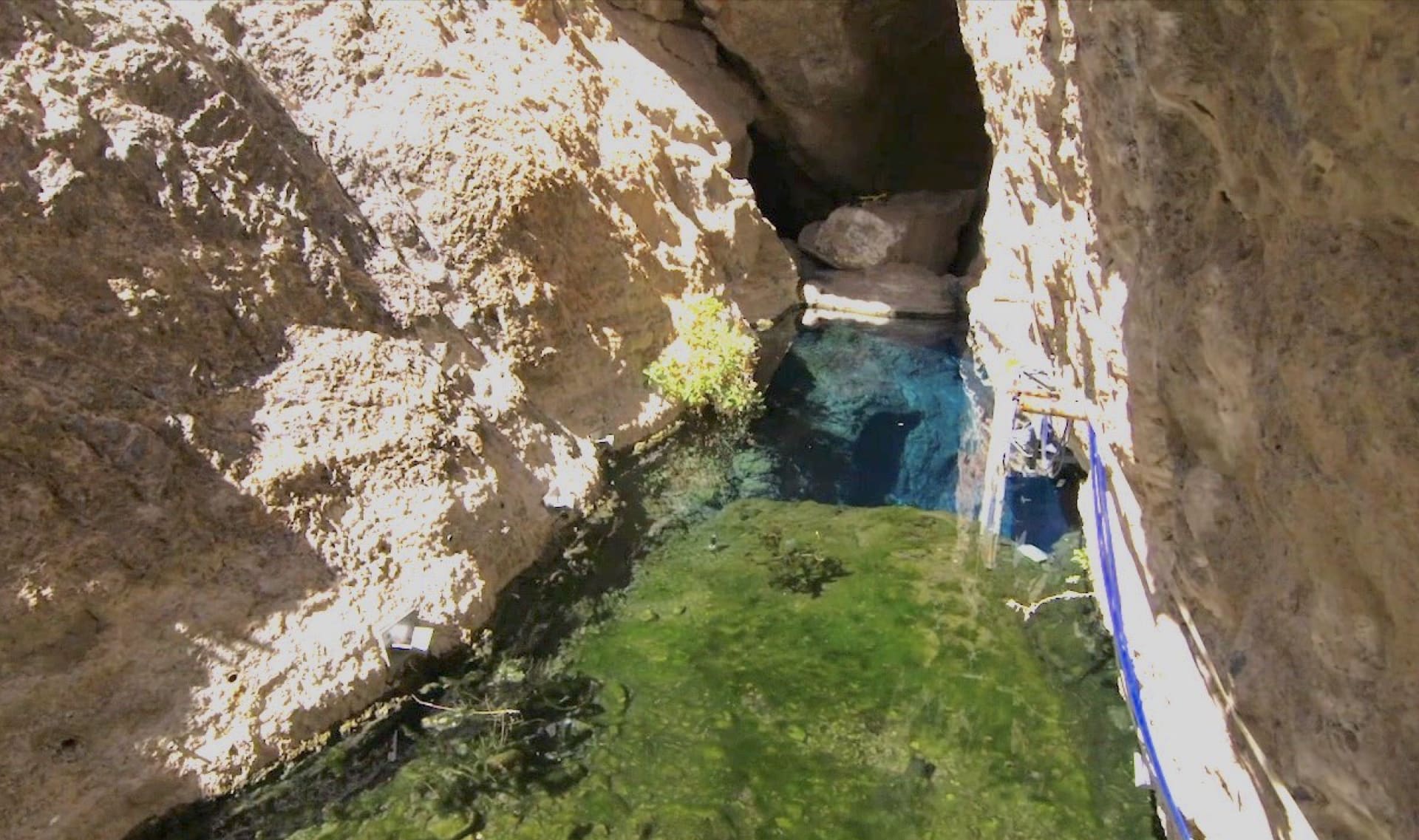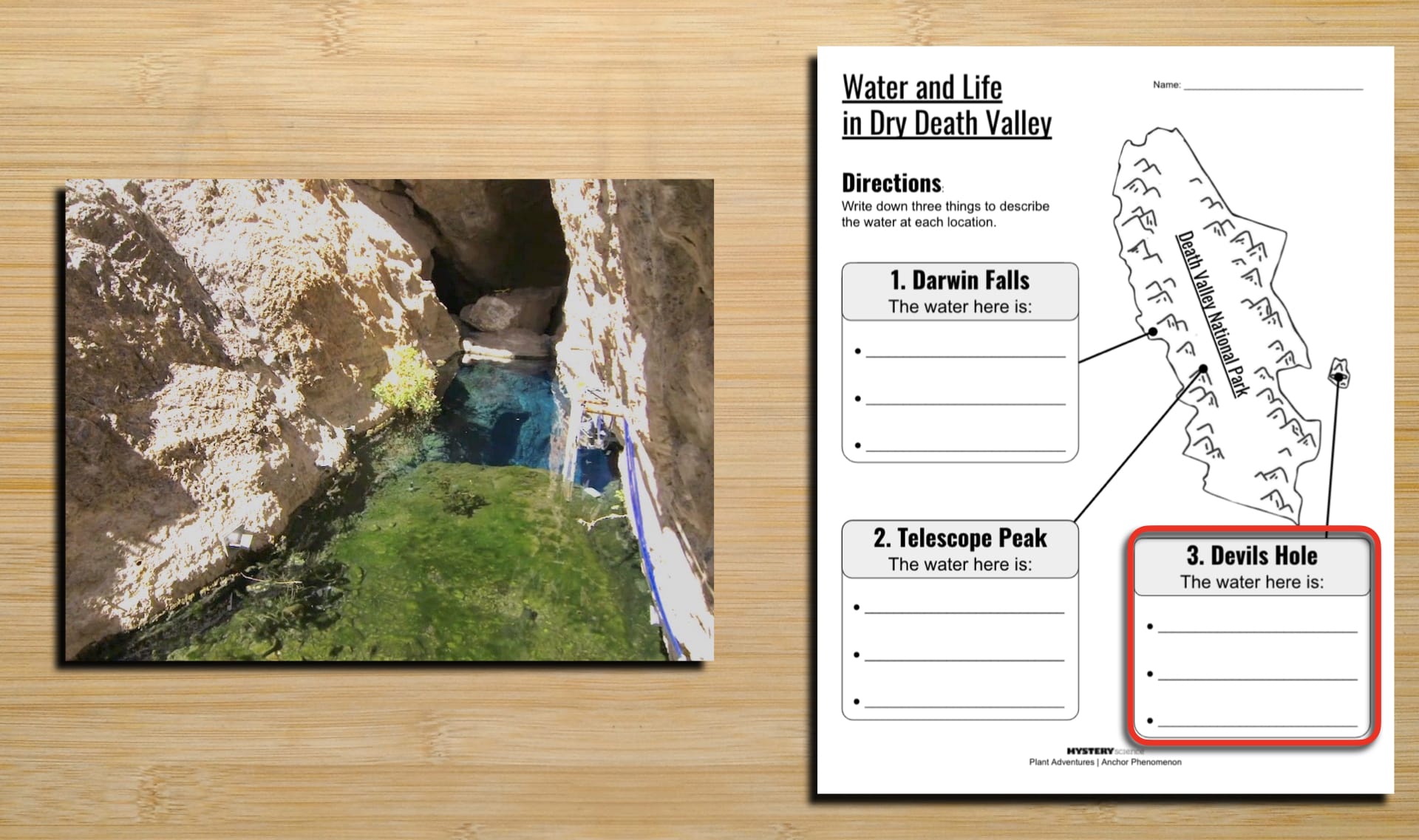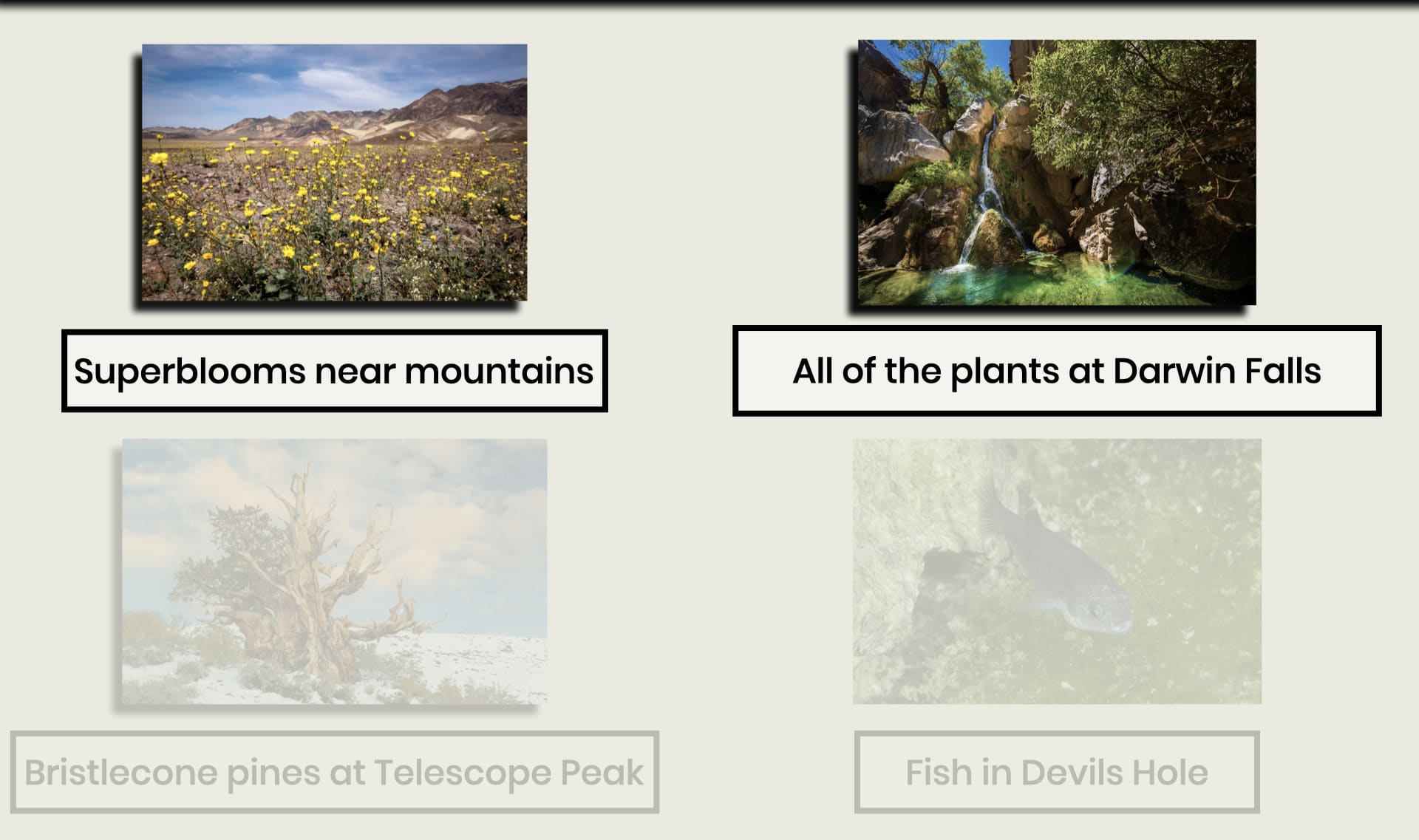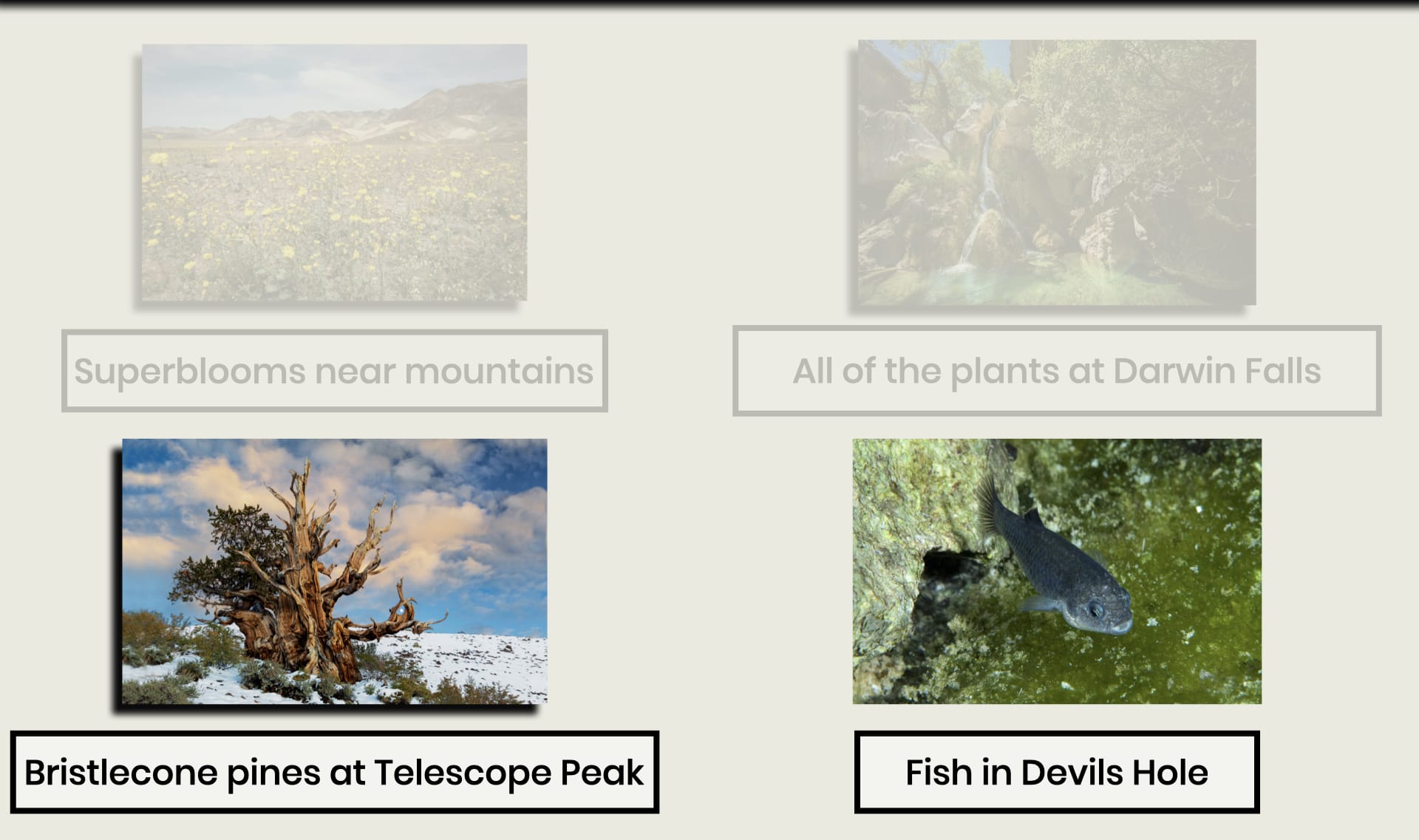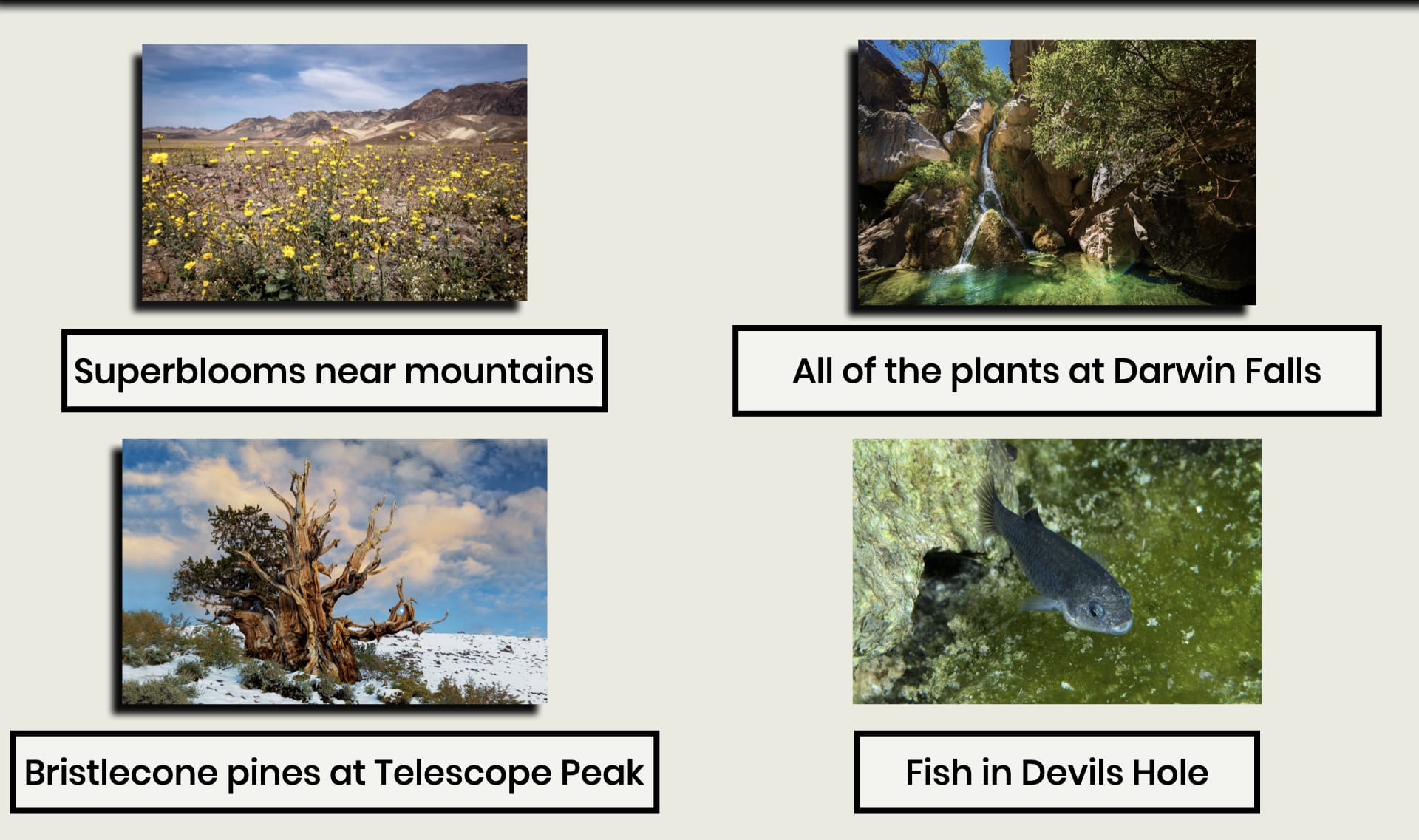Image & Video Credits
Mystery Science respects the intellectual property rights of the owners of visual assets.
We make every effort to use images and videos under appropriate licenses from the owner or by
reaching out to the owner to get explicit permission. If you are the owner of a visual and
believe we are using it without permission, please
contact us—we will reply promptly and make
things right.
Other
A sign marks the hiking trail to Devils Hole by
Wirestock
Bristlecone Pine embraces the Moon by
Greg Mitchell Photography
Darwin Falls by
Jerome Bon
Darwin Falls / Panamint Dry Lake by
Jamie Dixon
Darwin Falls, Death Valley National Park by
Flying Camera Studios
Darwin Falls, Waterfall in Death Valley National Park California USA by
Kris Wiktor
Devil's Hole pupfish by
USFWS Pacific Southwest Region
Father Crowley Overlook to Panamint Valley and Panamint Range, Death Valley National Park, California by
Serge Yatunin
Great Basin bristlecone pines by
Rick Goldwaser
Lapping Water Gentle by
Soundrangers
Panamint Mountains by
NPS Video
Underwater Bubbling by
Soundrangers
Underwater Wonders of the National Park Service - Devils Hole by
NPS Submerged Resources Center
https://www.youtube.com/watch?v=zFO8B6XtLNw by
Don Yolo 7
